Don’t Skip the Warm-Up: Here’s Why It Matters
Ever felt tempted to jump straight into your workout? Maybe you’re in a rush or just eager to get started. But skipping your warm-up can lead to more harm than good. Whether you're lifting weights, running, doing yoga, or dancing, warming up is one of the most important parts of your routine.
Let’s break it down—what is warming up, why does it matter so much, and what are some simple ways to do it right?
What Is a Warm-Up?
A warm-up is a set of low-intensity activities or stretches that prepare your body for more intense physical exercise. It usually lasts 5 to 15 minutes and can include movements like:
- Walking or light jogging
- Arm circles
- Jumping jacks
- Dynamic stretching (like leg swings or torso twists)
The goal is to gradually increase your heart rate, warm your muscles, and get your joints ready for action.

Why Is Warming Up So Important?
1. Prevents Injuries
One of the biggest reasons to warm up is injury prevention. Cold, tight muscles are more likely to tear or strain. When you warm up, your blood flow increases, muscles loosen up, and your body becomes more flexible. This makes sudden movements safer.
Example: Imagine pulling a rubber band that’s been in the fridge—it’s more likely to snap. But if you warm it up first, it stretches more easily. Your muscles work the same way.
2. Improves Performance
Warming up doesn't just protect you—it helps you perform better. A warm body reacts faster, moves smoother, and feels more in control.
- Runners can run longer with better form
- Weightlifters can lift more efficiently
- Yogis can hold poses with more ease
- Dancers can move with greater fluidity
It’s a small effort that makes a big difference.
3. Boosts Blood Flow and Oxygen
As you warm up, your heart pumps more blood to your muscles. This means more oxygen and nutrients are delivered exactly where you need them. Your muscles become more alert and energized.
This also helps you avoid that tired, sluggish feeling at the start of a workout.
4. Mentally Prepares You
Working out isn’t just physical—it’s mental too. A warm-up gives you time to focus, breathe, and shift your mindset from your daily tasks to your fitness goals.
Think of it as your “get in the zone” moment.
5. Increases Range of Motion
Dynamic warm-ups gently move your joints through their full range of motion. This helps improve flexibility and coordination, making exercises smoother and more effective.
6. Reduces Muscle Soreness
Warming up can help reduce post-workout soreness, especially if followed by a proper cool-down. When your muscles are eased into activity, they recover better and faster.
What Happens If You Skip It?
Skipping your warm-up might save you a few minutes now, but it can cost you later. Common consequences include:
- Pulled muscles or sprains
- Sudden cramps or stiffness
- Sluggish performance
- Higher risk of falling or poor posture
- Increased fatigue during workouts
It’s like driving a car without letting the engine warm up—it might still run, but not very smoothly.

Easy Warm-Up Ideas for Any Workout
Warming up doesn’t have to be complicated or time-consuming. Here are a few quick warm-up routines you can do before different types of workouts:
Before Cardio (Running, Cycling, HIIT):
- March in place – 1 min
- Arm swings – 30 sec
- High knees – 1 min
- Light jogging – 2 mins
- Leg swings – 1 min per leg
Before Strength Training:
- Jumping jacks – 1 min
- Shoulder rolls – 30 sec
- Air squats – 1 min
- Lunges with a twist – 1 min
- Push-ups (slow pace) – 10 reps
Before Yoga or Stretching Workouts:
- Cat-cow stretch – 1 min
- Neck rolls – 30 sec
- Side bends – 1 min
- Forward fold to standing – 1 min
- Gentle spinal twists – 1 min
Dynamic vs. Static Stretching – What’s the Difference?
You’ve probably heard the terms dynamic stretching and static stretching. Here's a quick comparison:
|
Type |
What It Is |
Best For |
|
Dynamic Stretching |
Moving while stretching (e.g., leg swings, arm circles) |
Before workouts |
|
Static Stretching |
Holding a stretch for 20-30 seconds |
After workouts |
For warming up, dynamic stretching is best because it keeps your body moving and raises your core temperature.
Tips for an Effective Warm-Up
- Start slow and build up intensity. Don’t jump into fast moves too quickly.
- Match your warm-up to your workout. Doing upper body exercises? Focus more on shoulder and arm movements.
- Don’t skip it—even if you're short on time. A 5-minute warm-up is better than none.
- Listen to your body. If anything feels tight or painful, spend extra time warming up that area.
Warm Up, Win More
Warming up might not seem exciting, but it’s your body’s first step toward a safe, successful workout. Think of it as laying the foundation before building a house. Without it, everything else is at risk.
So next time you feel like skipping your warm-up—don’t! Your muscles, joints, and future self will thank you.
Your Quick Warm-Up Checklist
Raise your heart rate
Move all major joints
Focus on breath and posture
Keep it light and controlled
Stay consistent
Ready to Make Warming Up a Habit?
Start small. Try a 5-minute warm-up before your next workout and notice the difference. Once you feel how good it is, you’ll never want to skip it again!



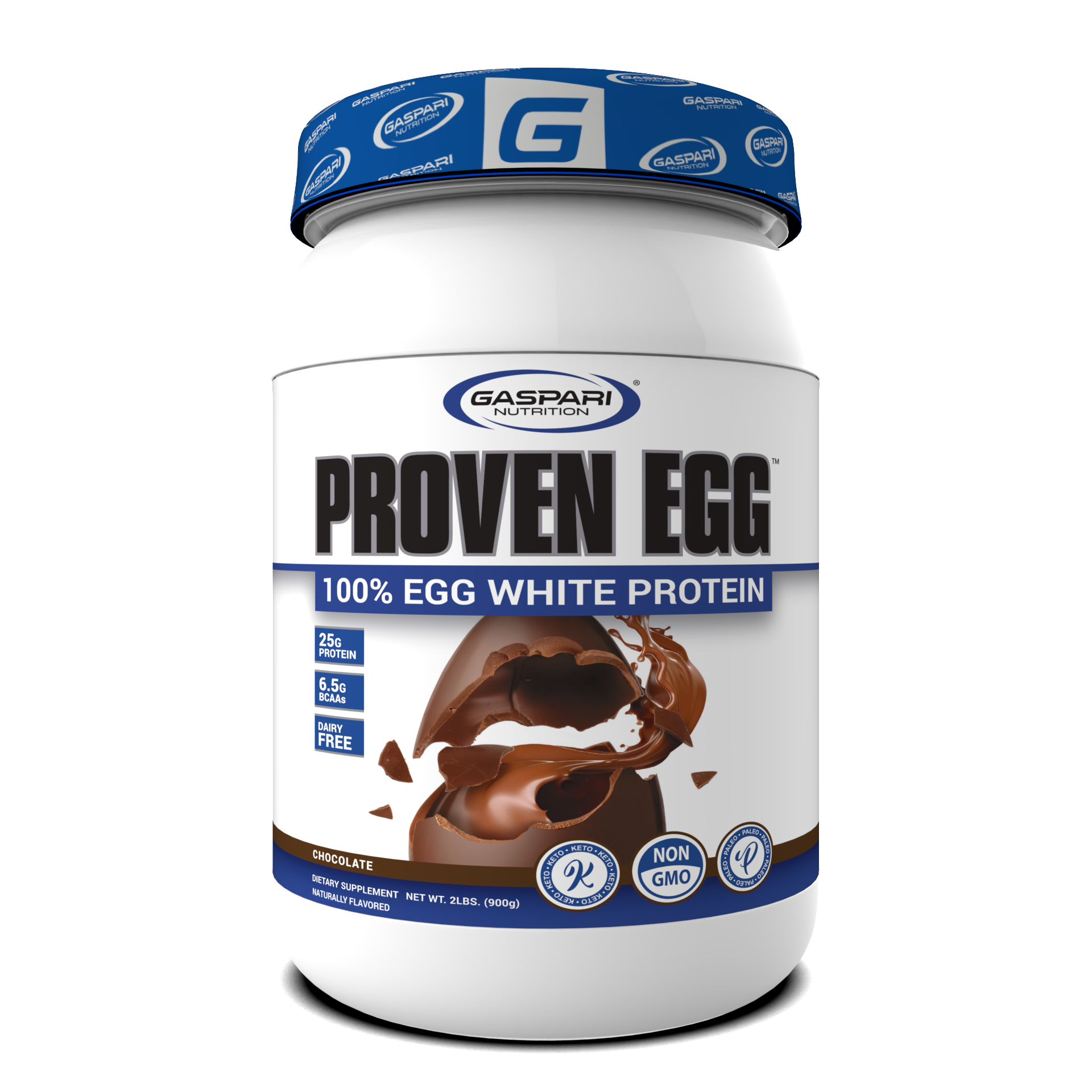
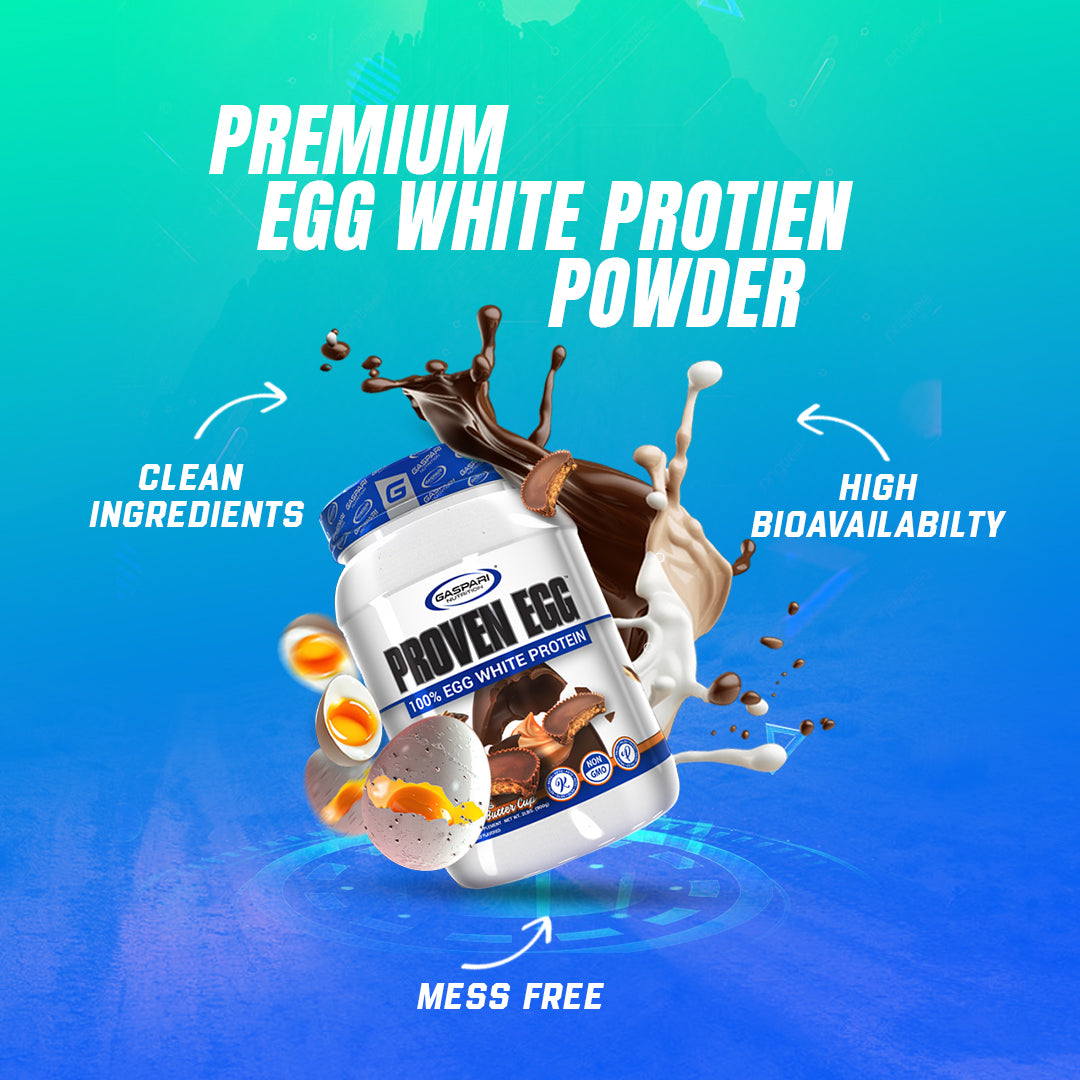
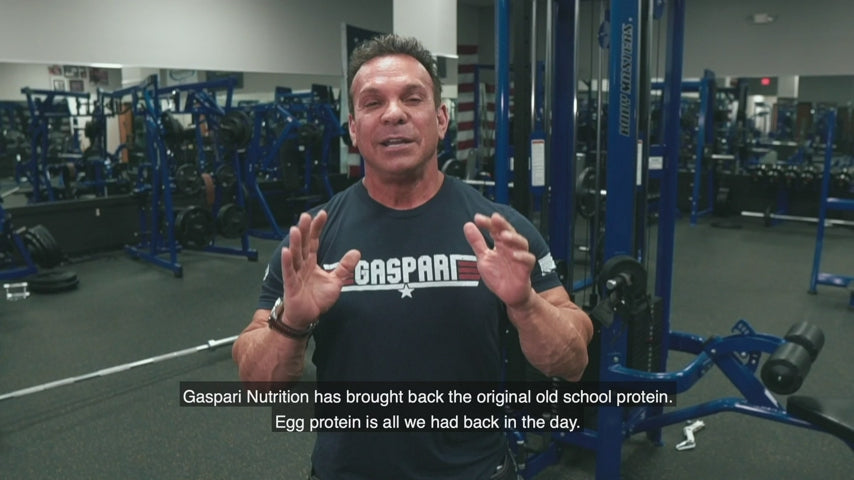


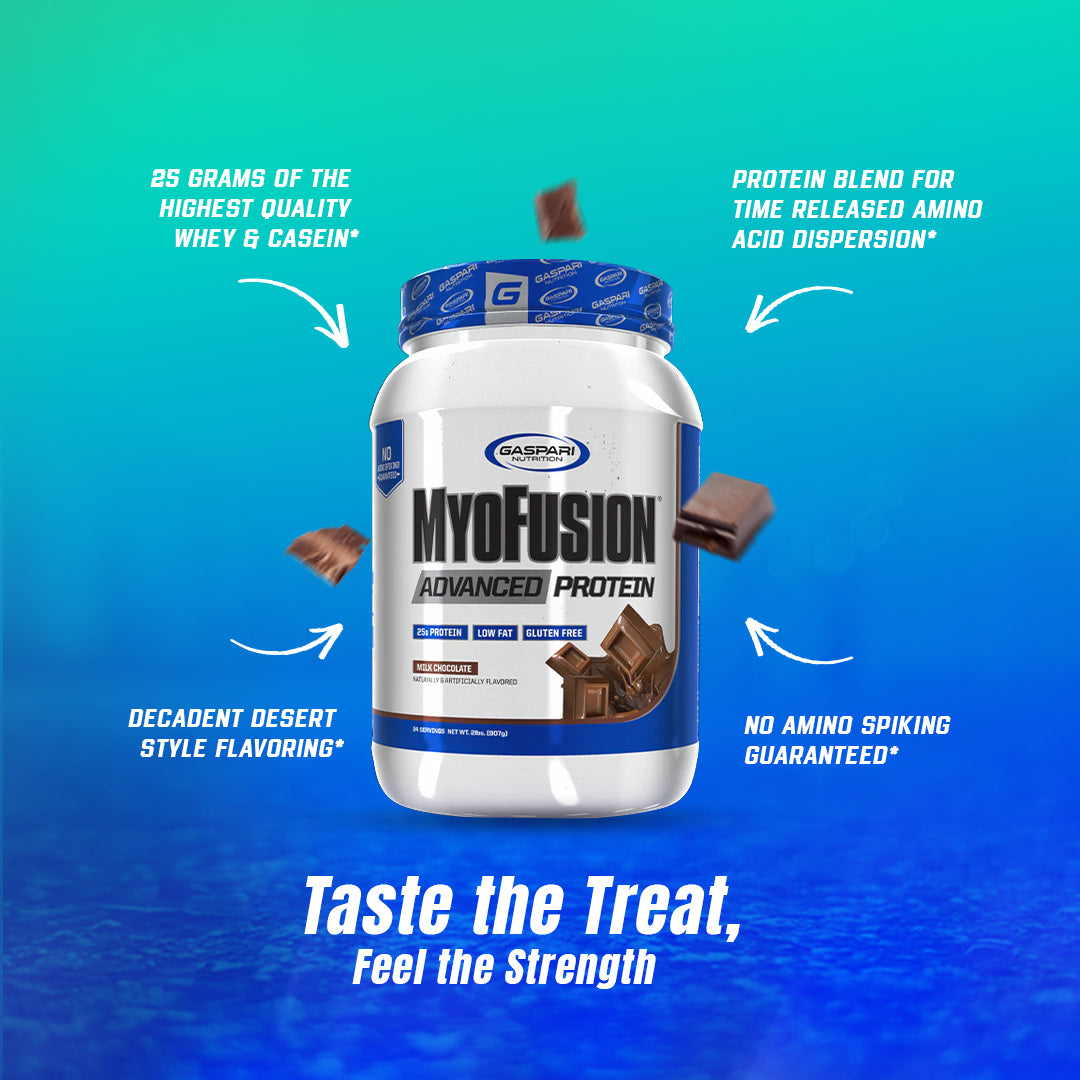
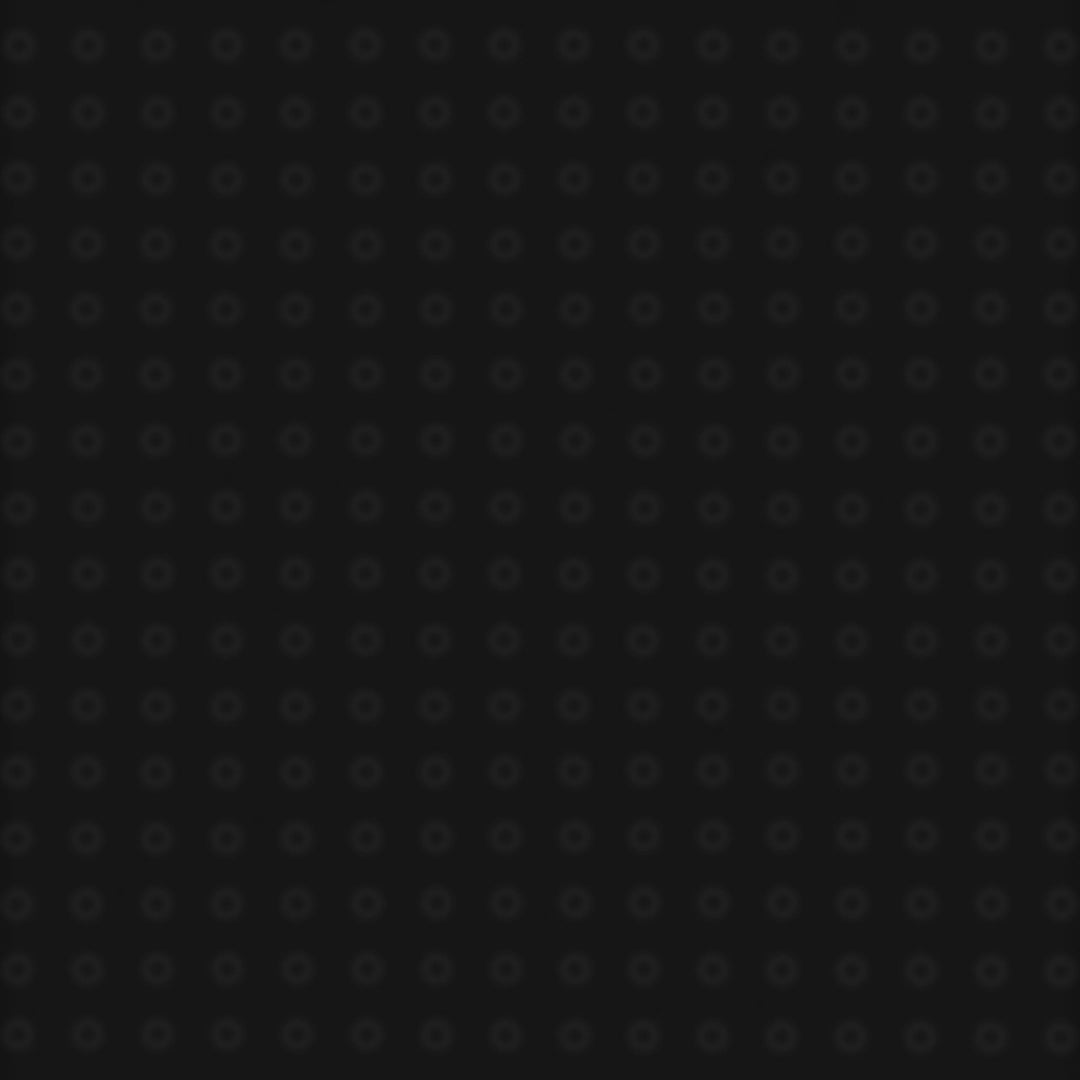
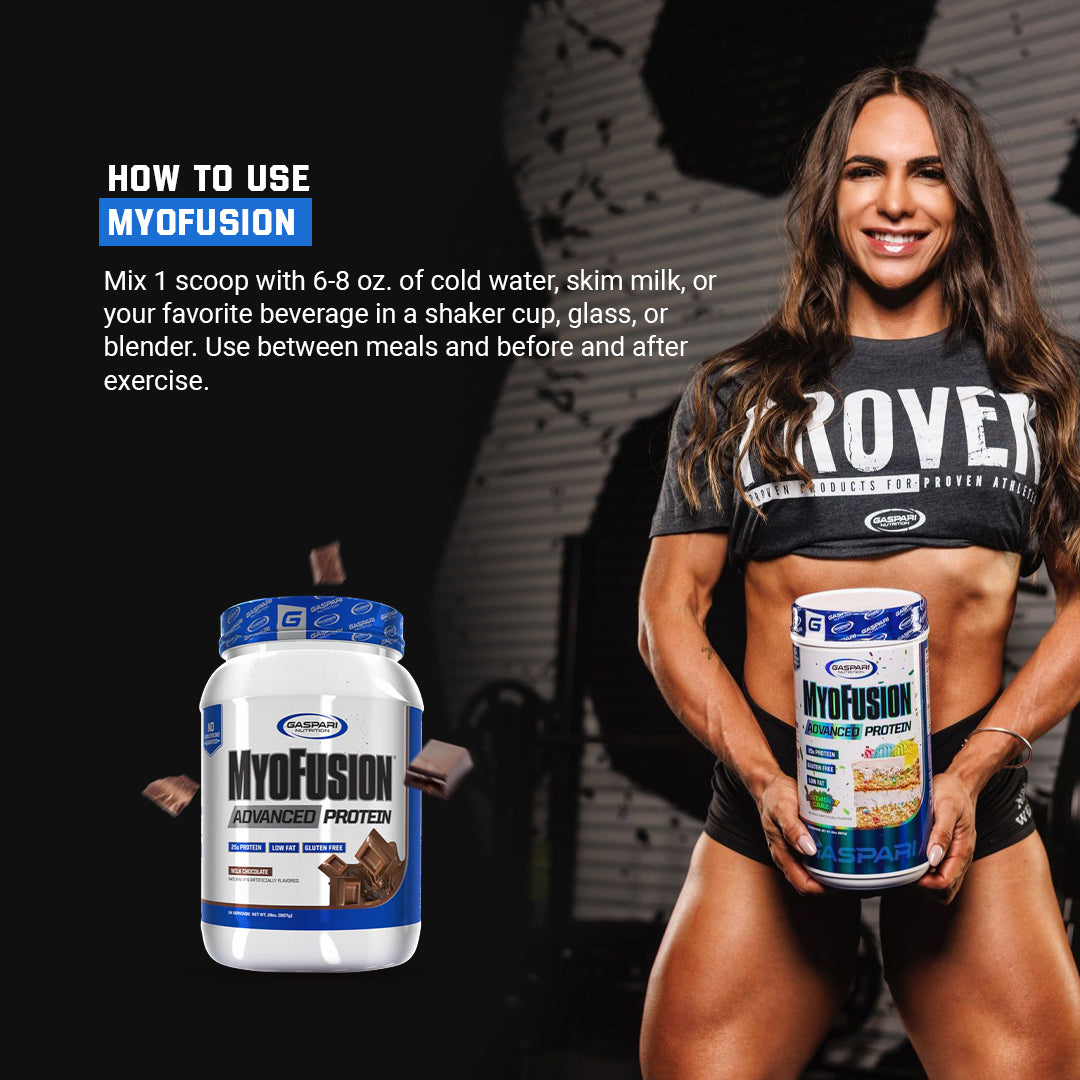

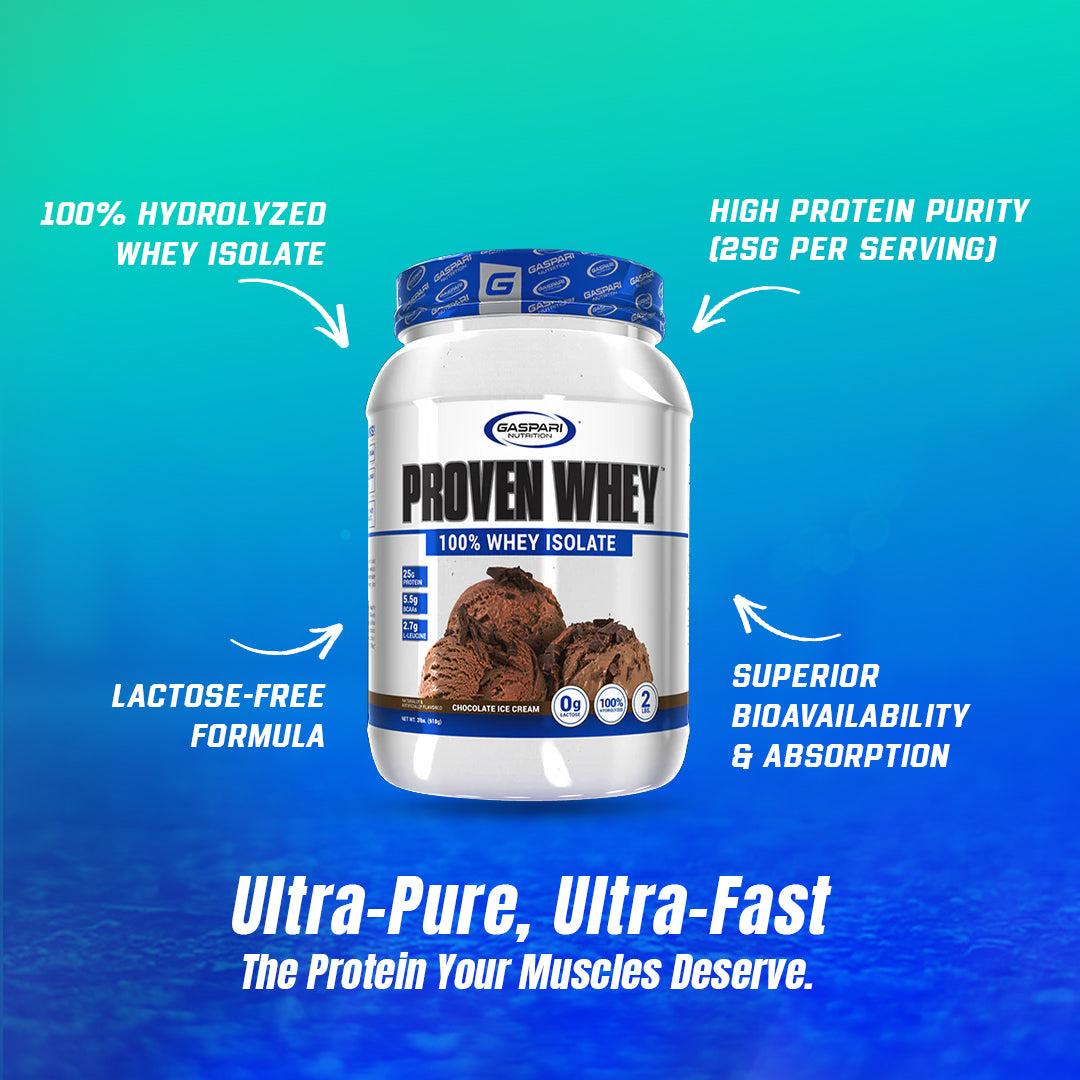
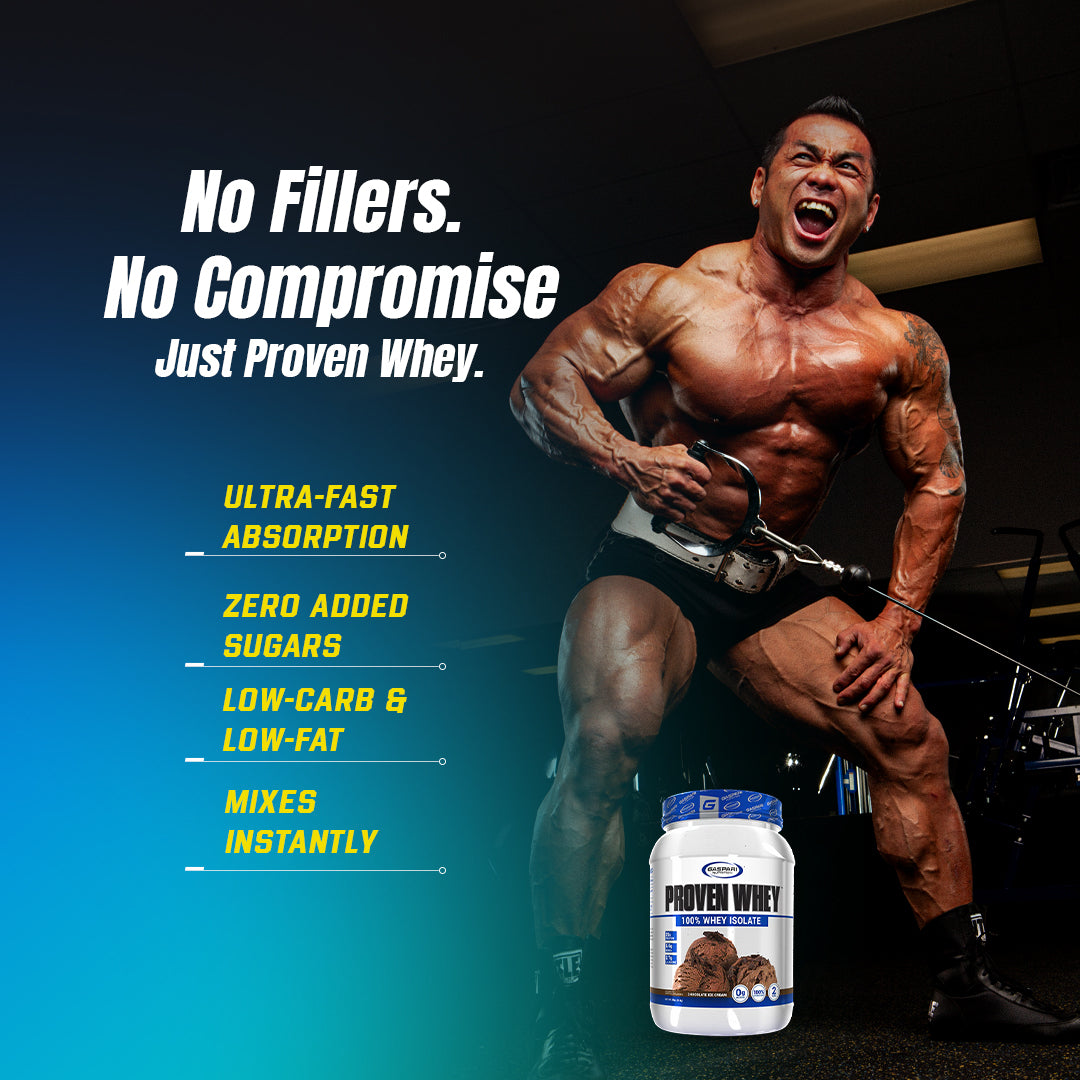

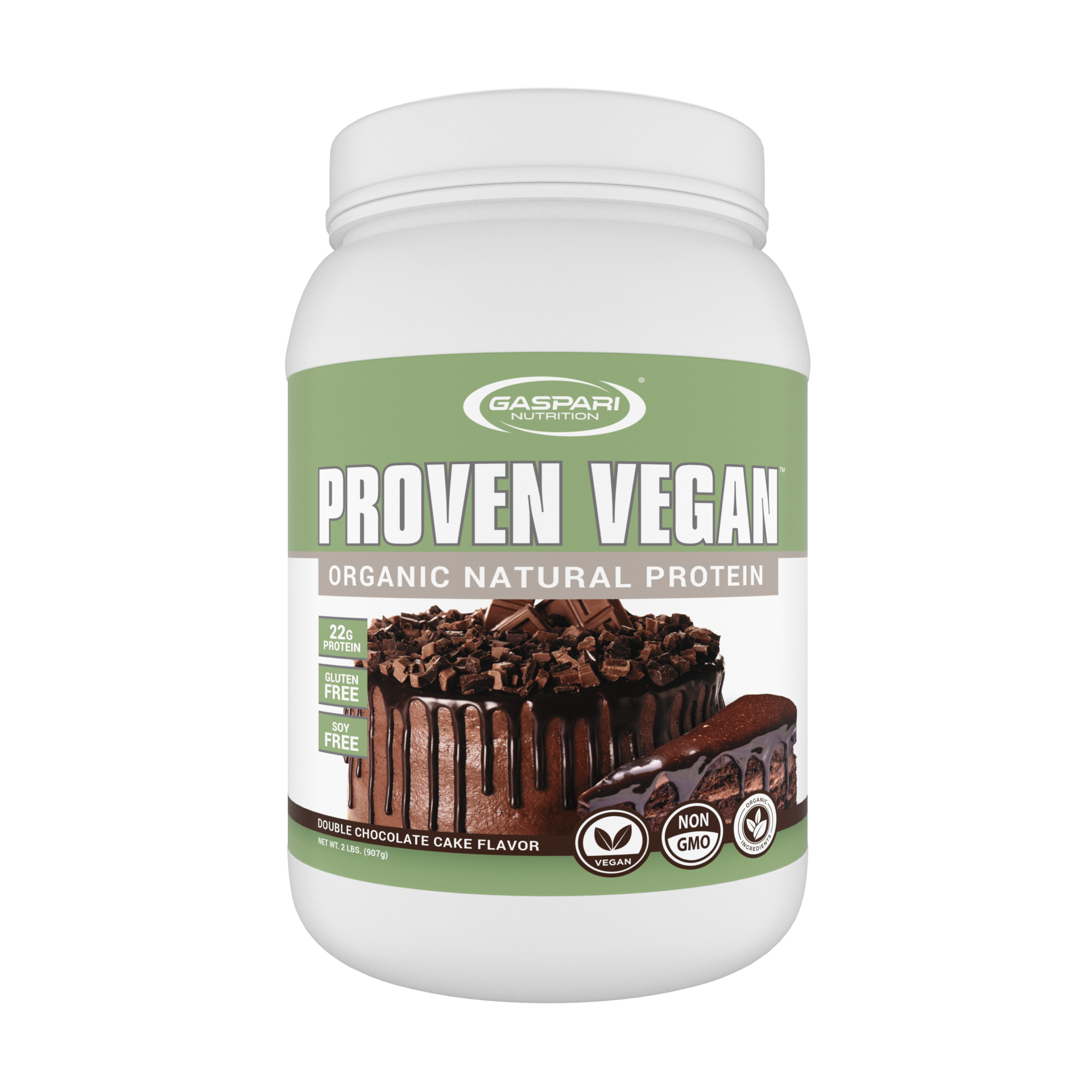

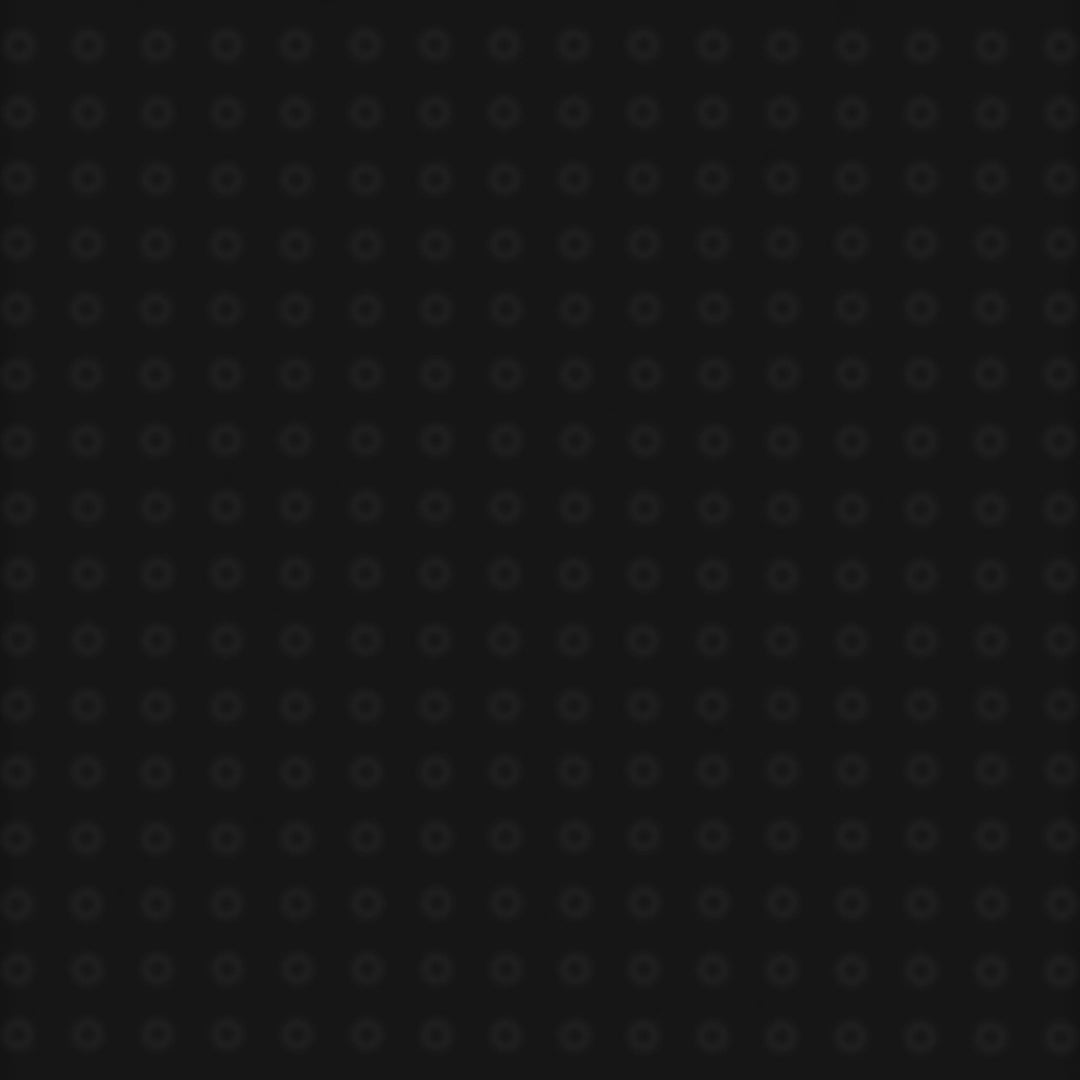
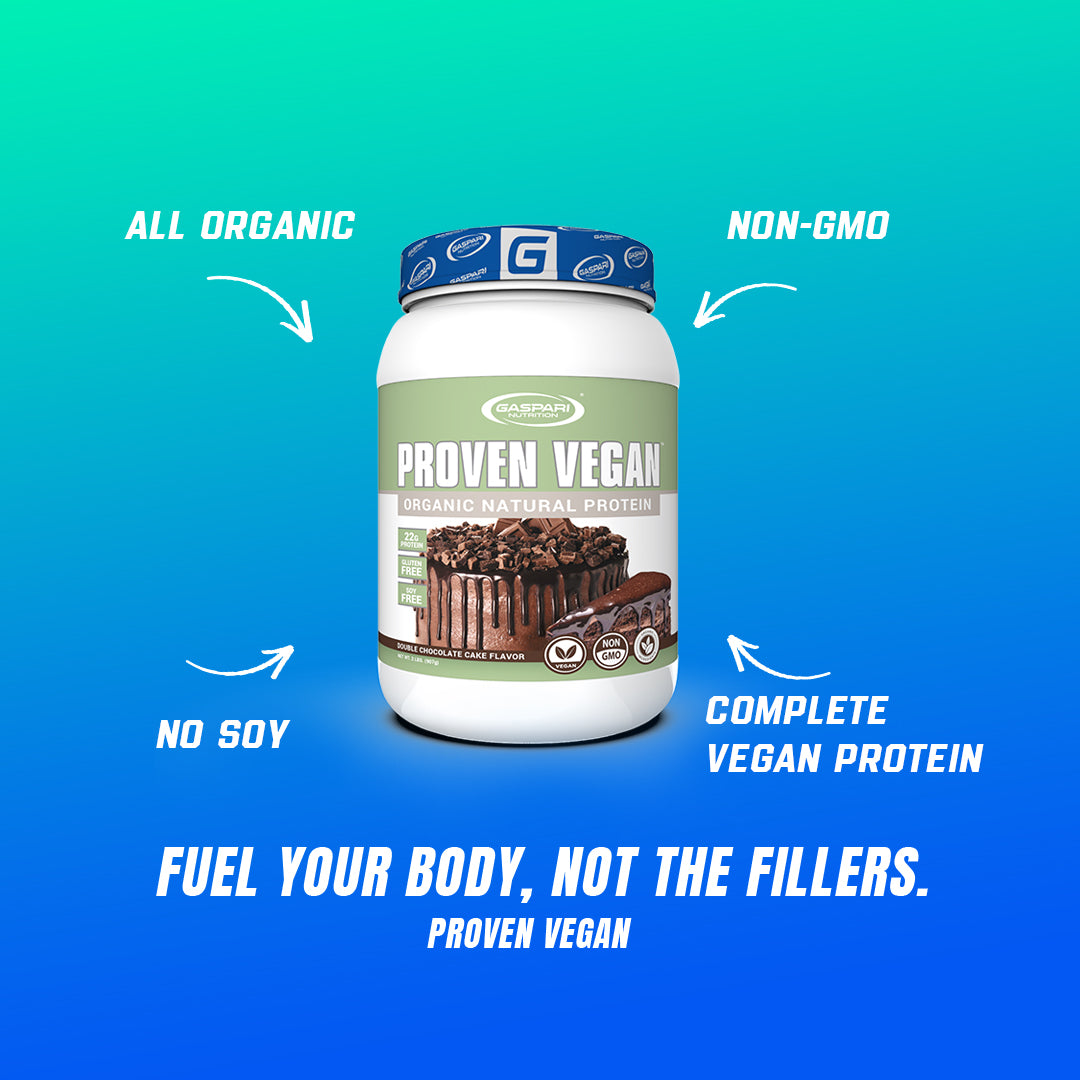
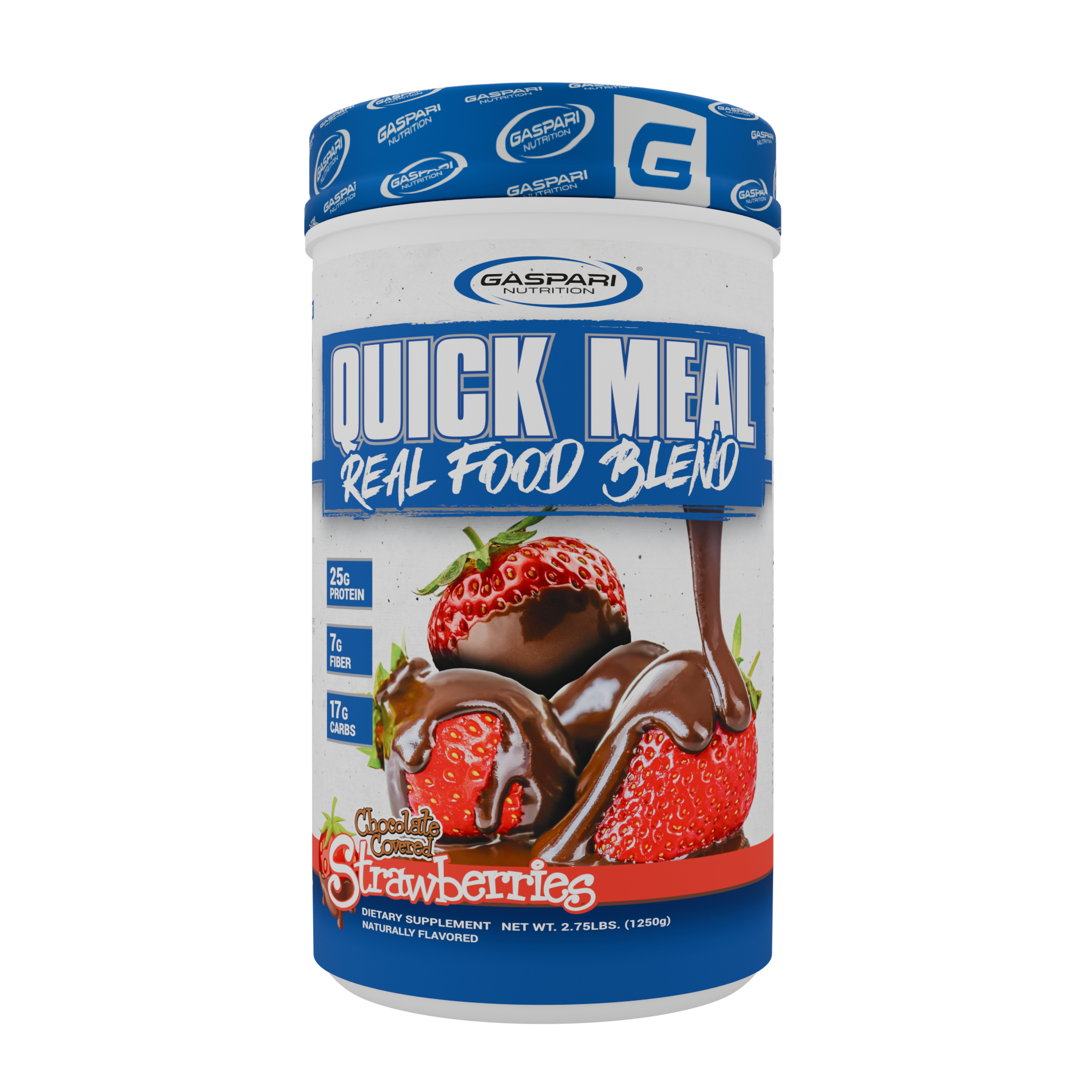

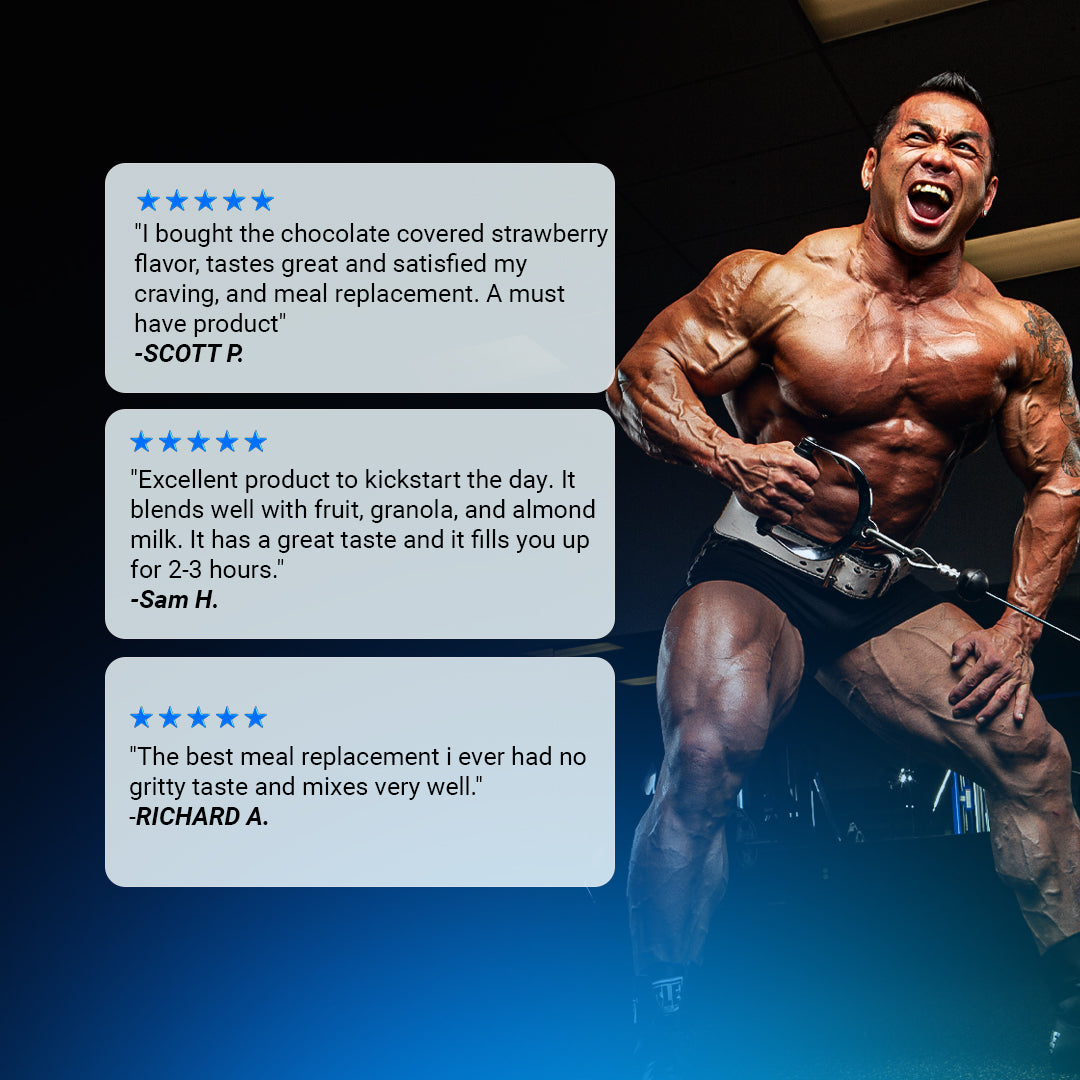
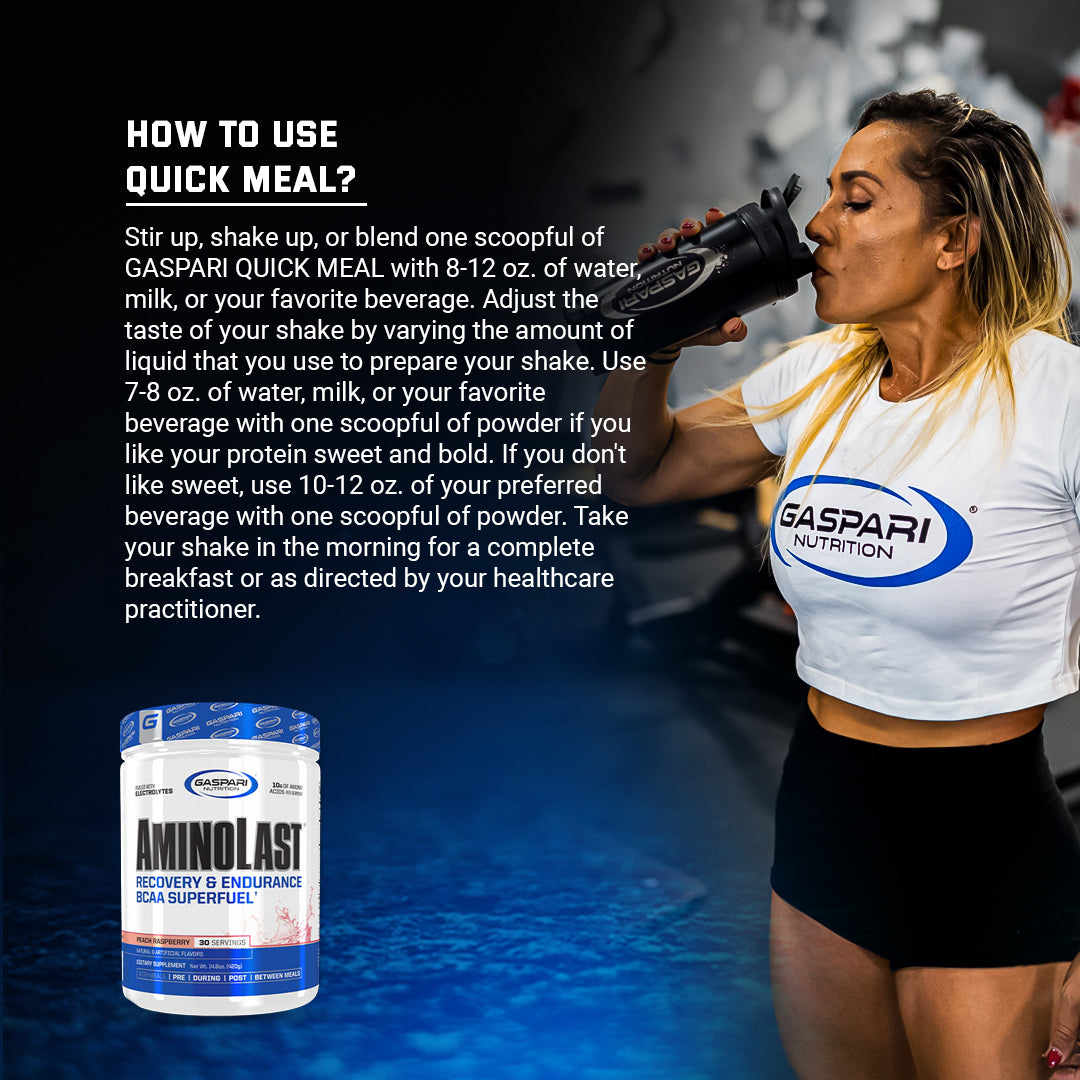

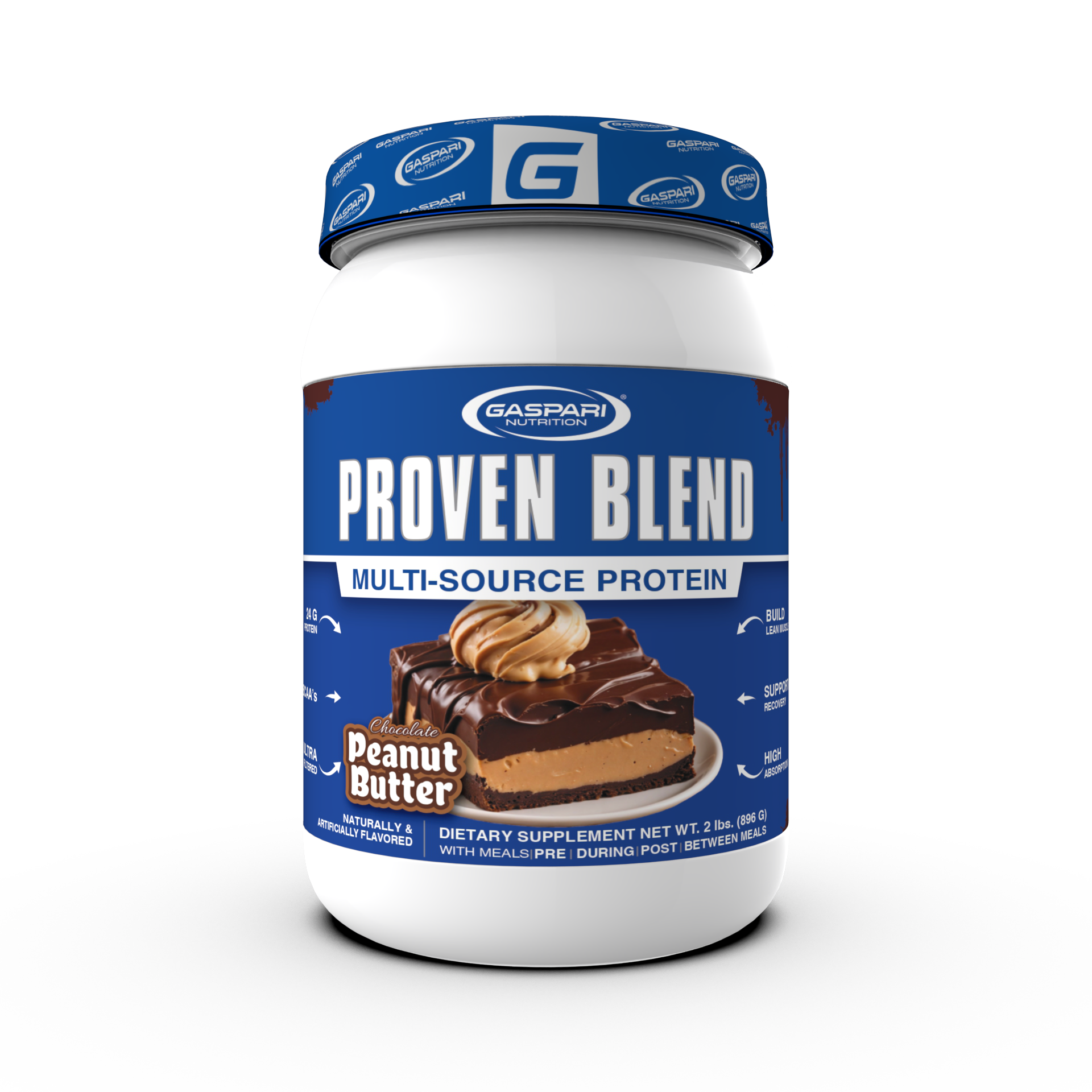
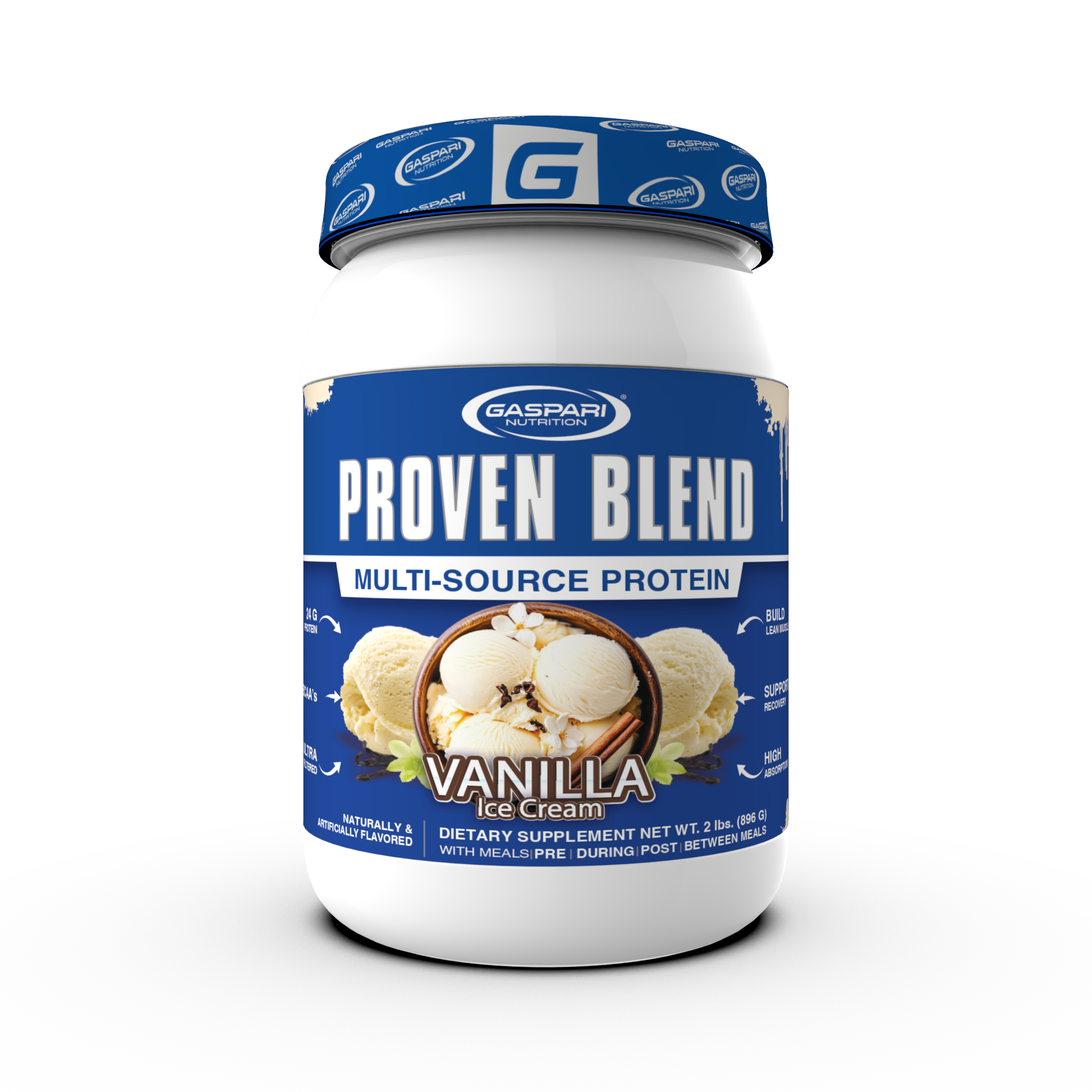


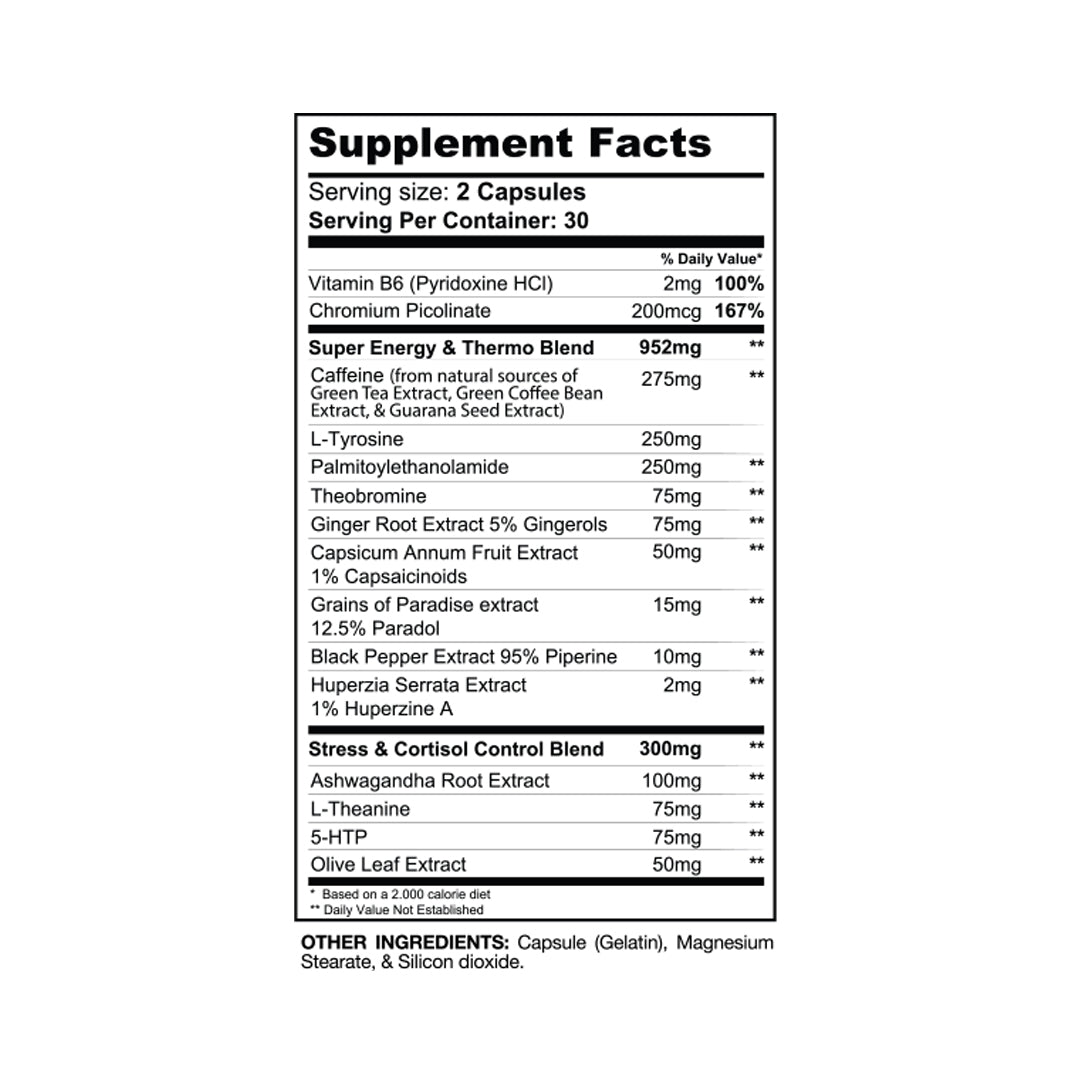
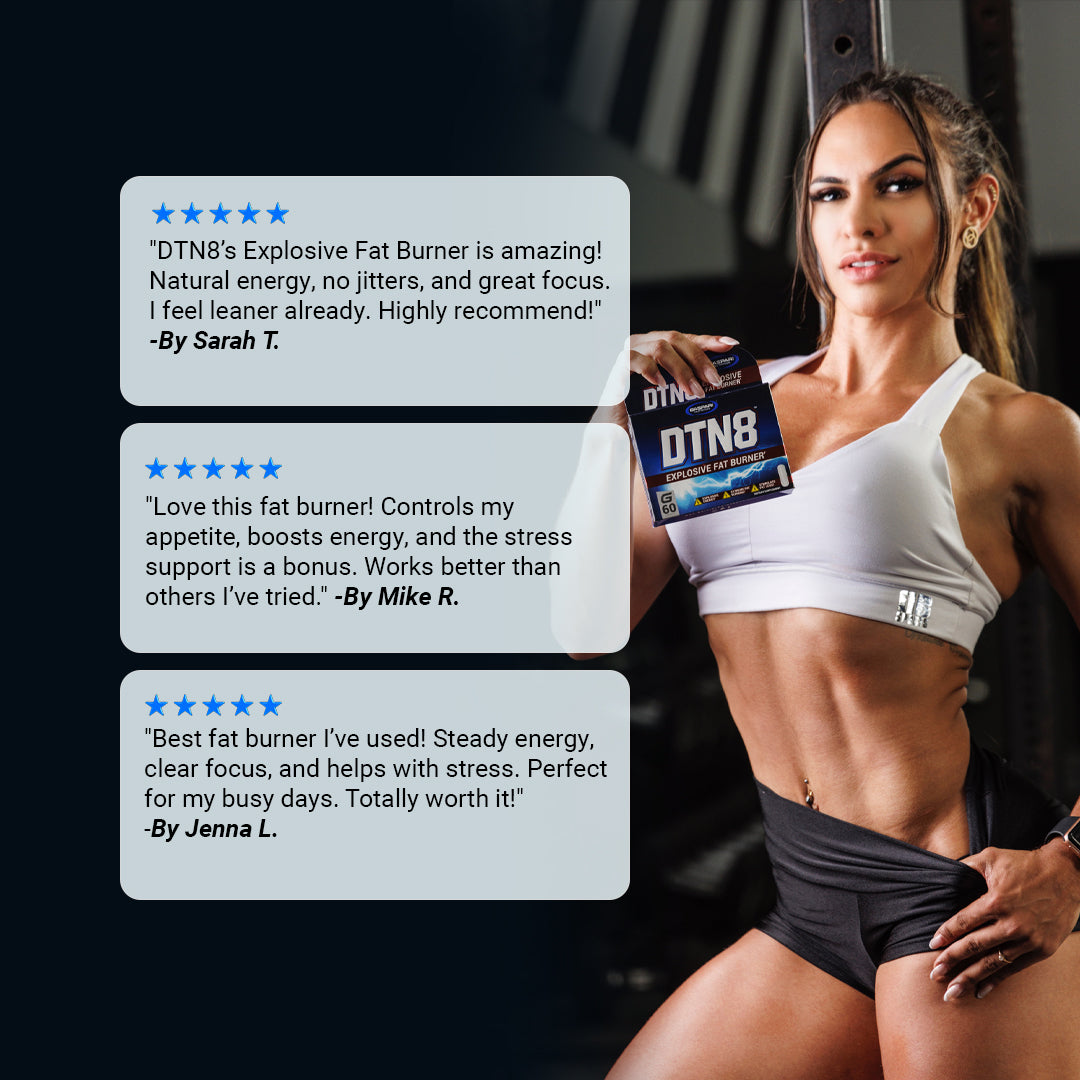

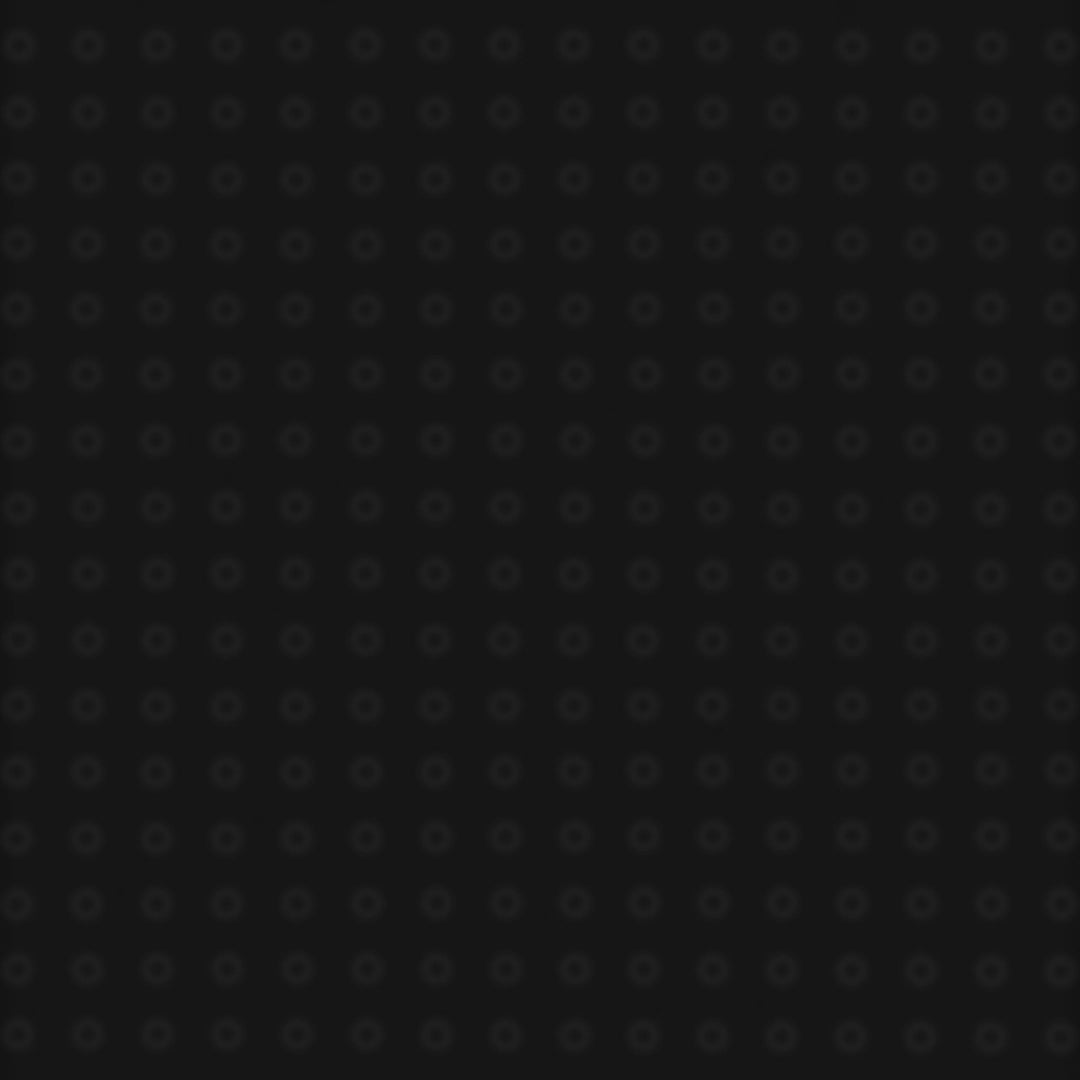
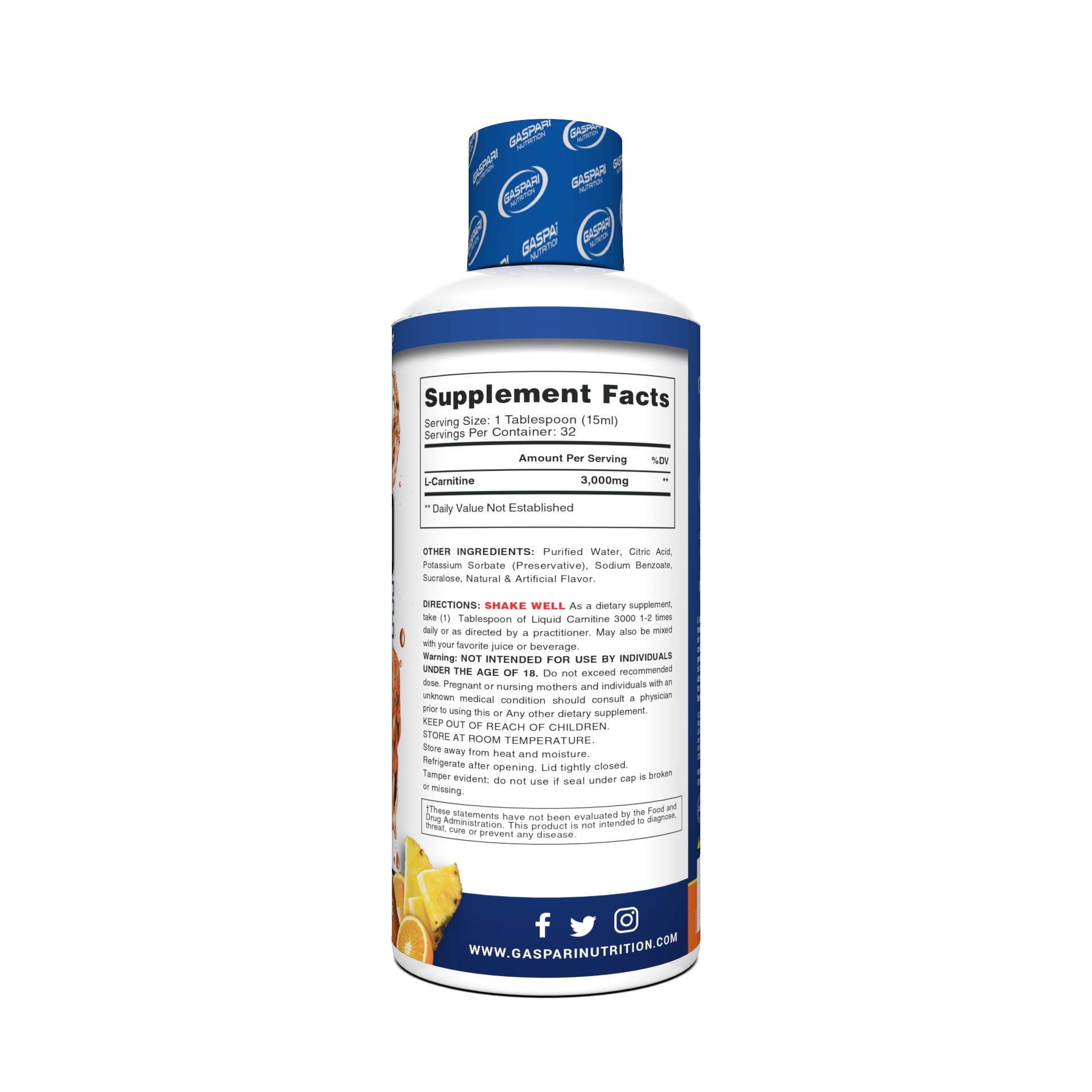


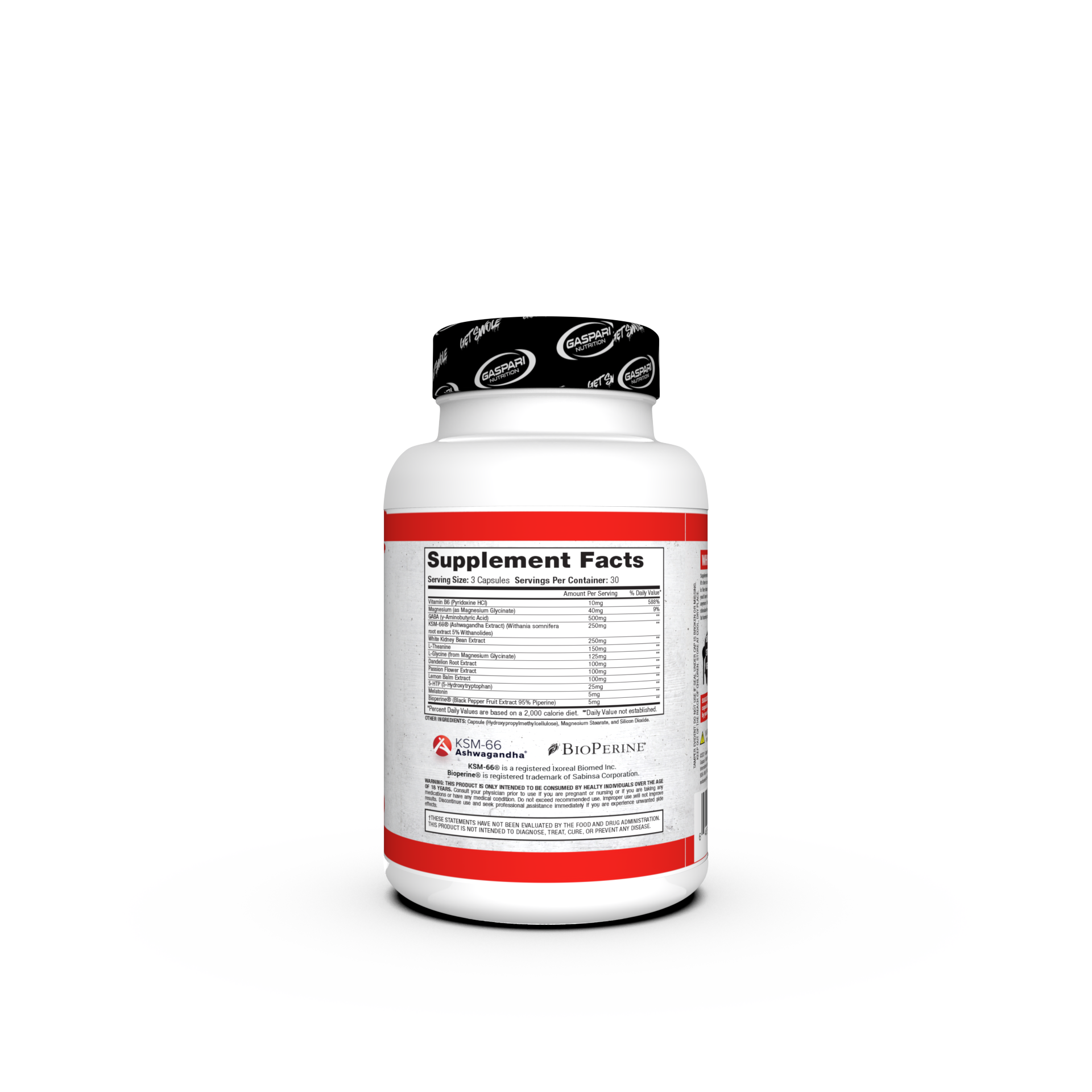
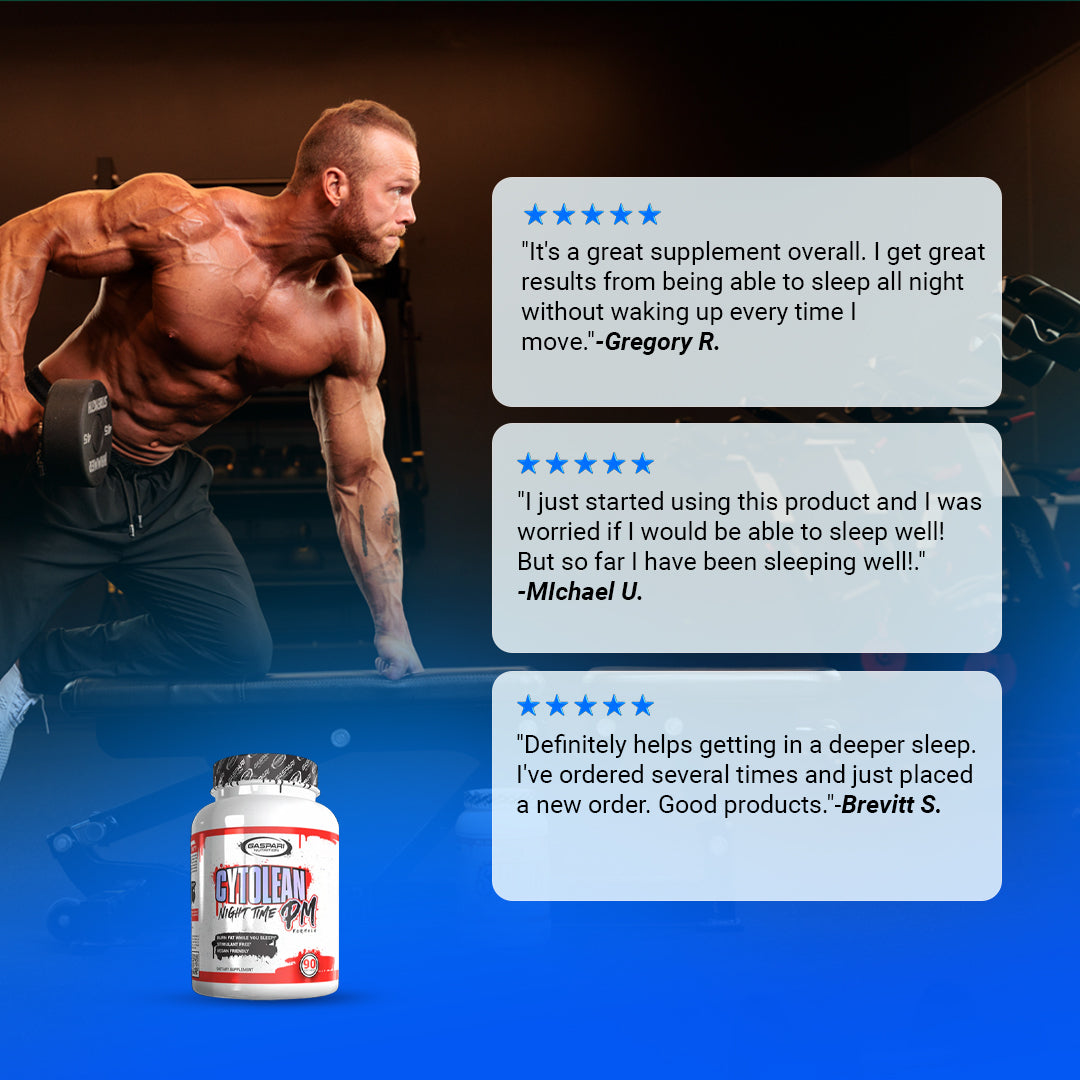
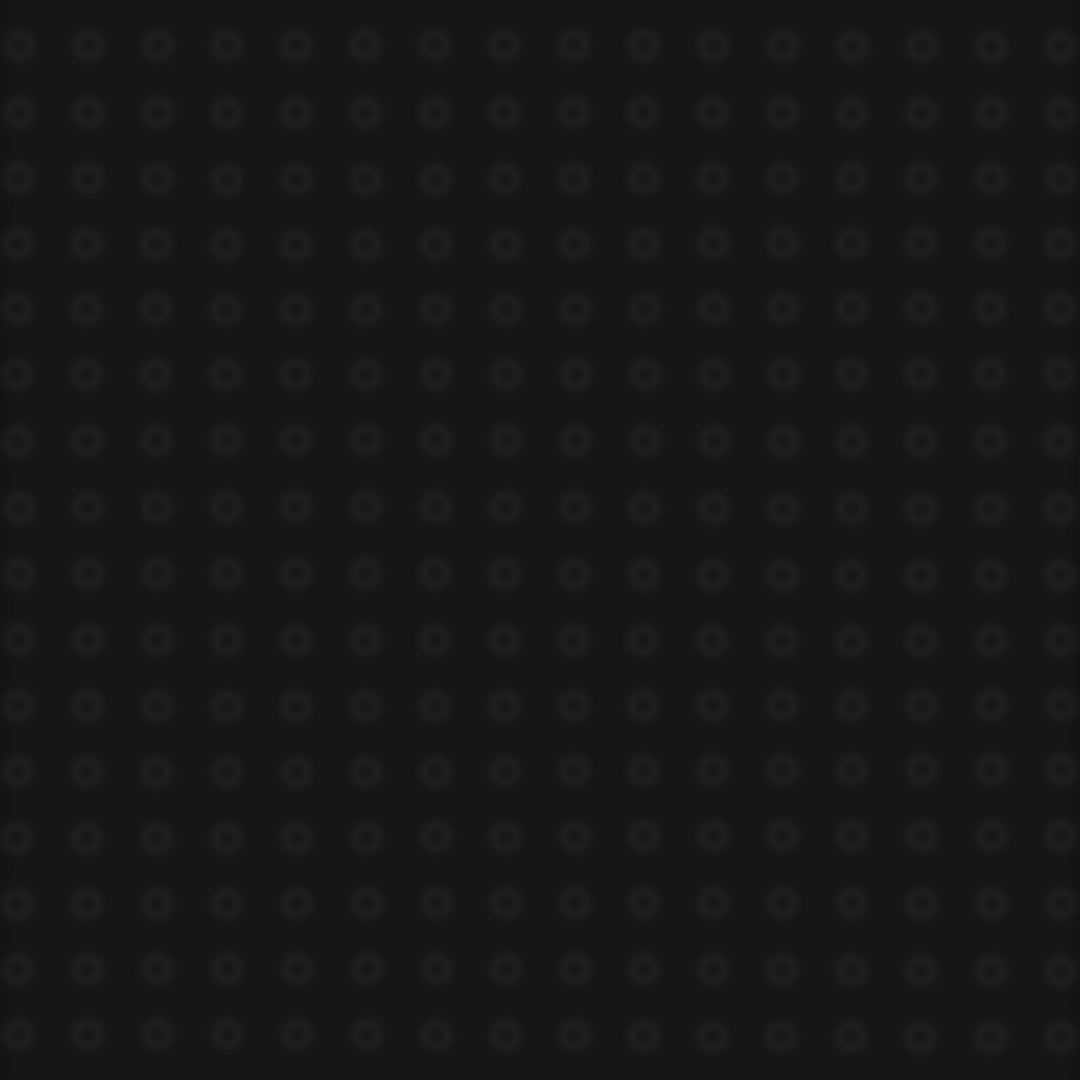
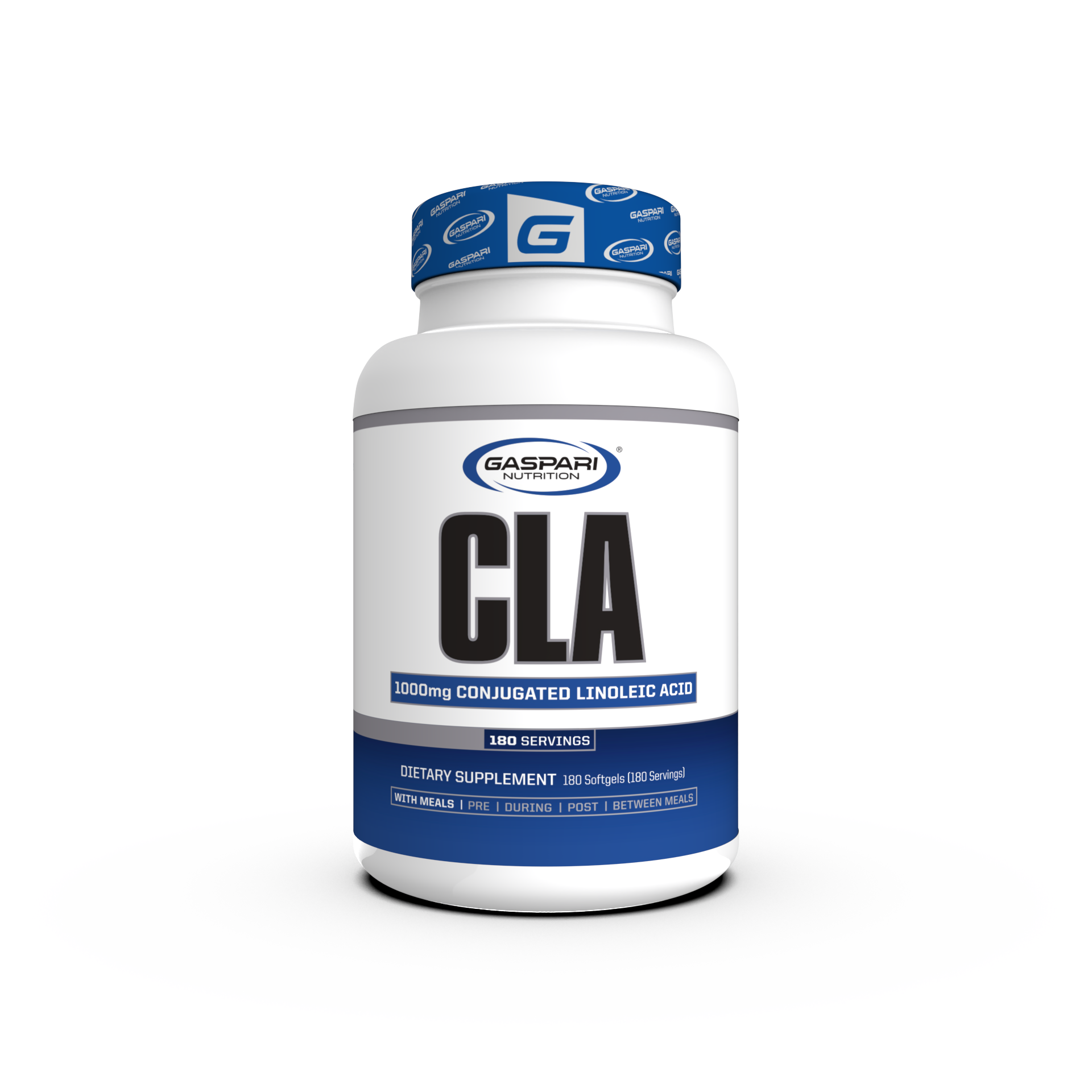

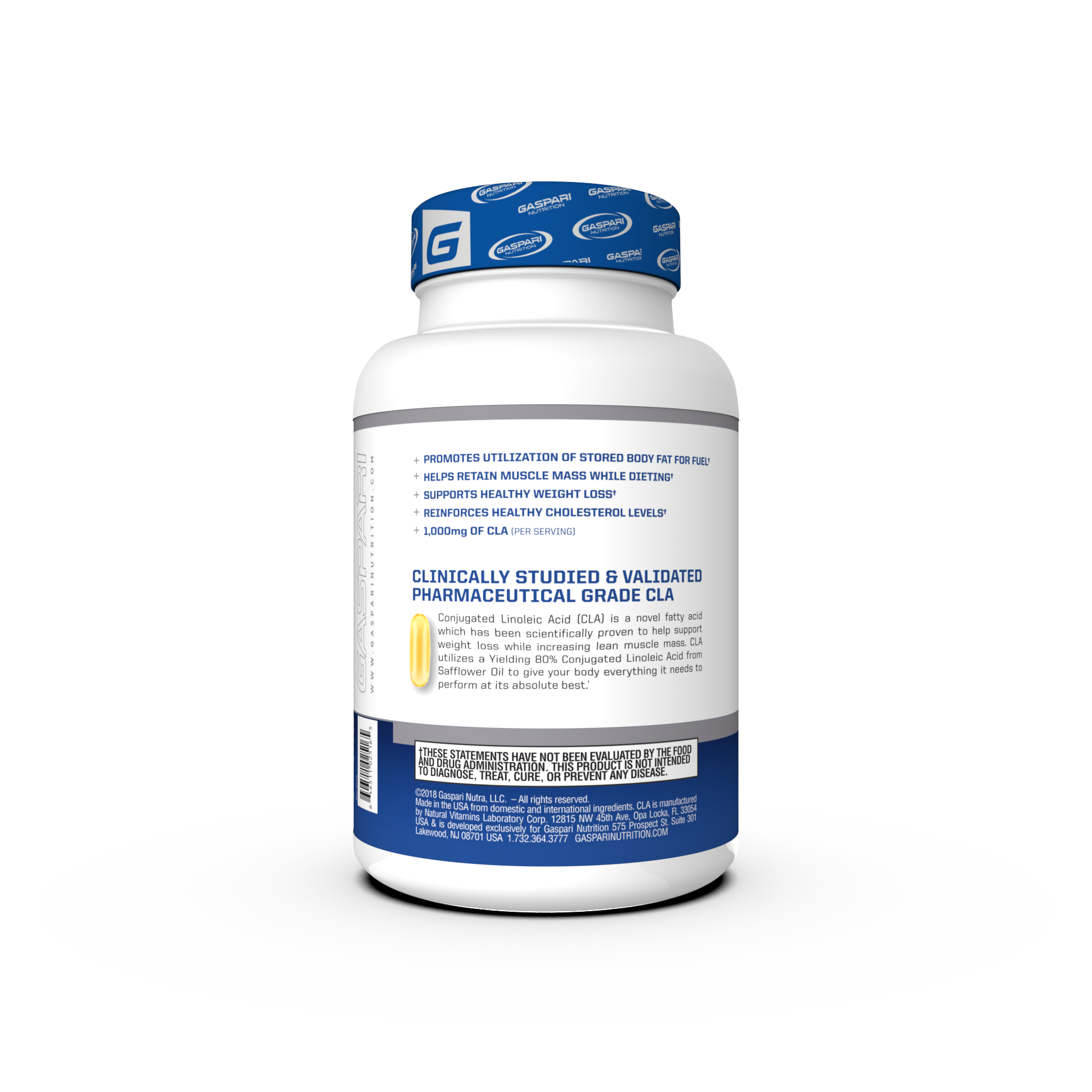
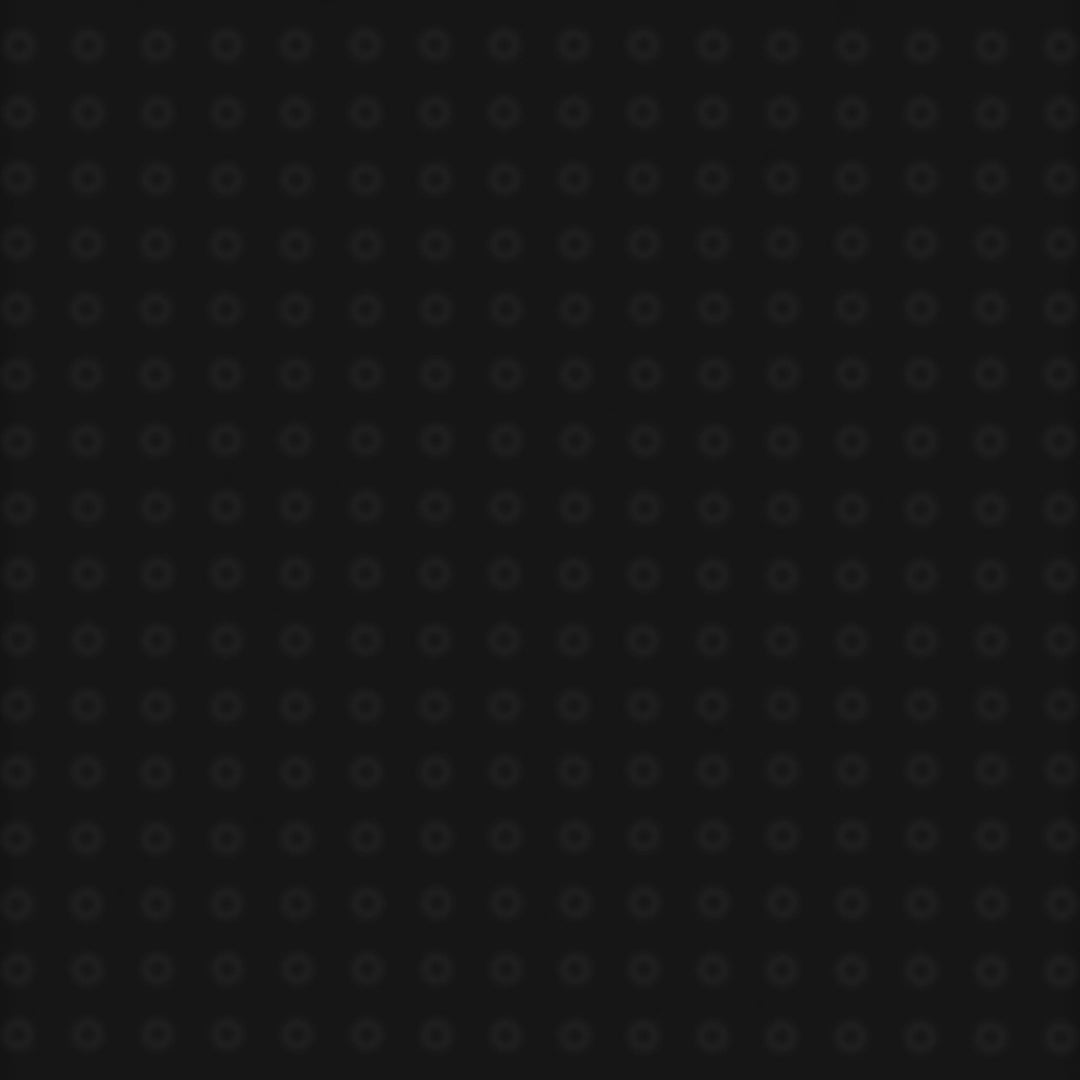
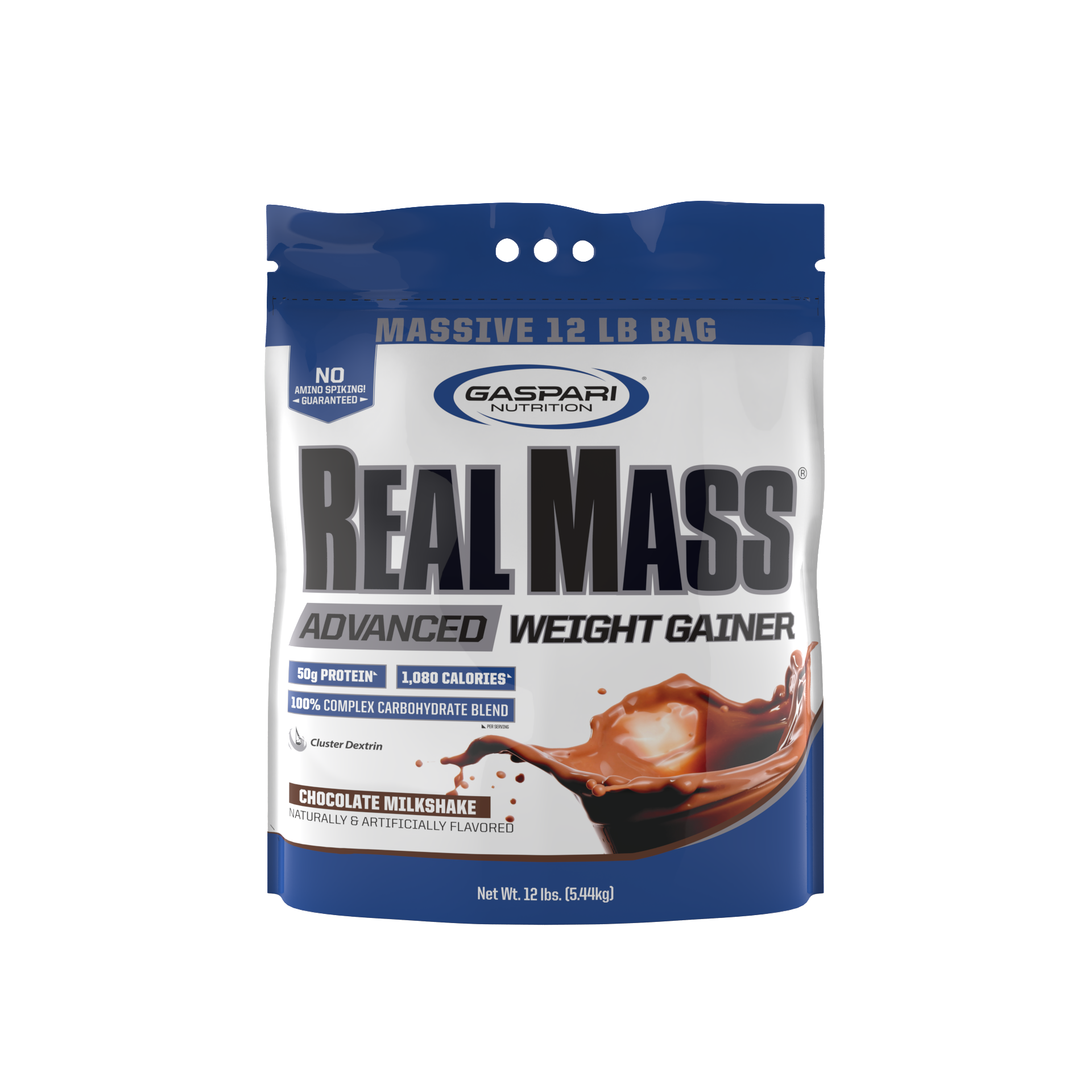
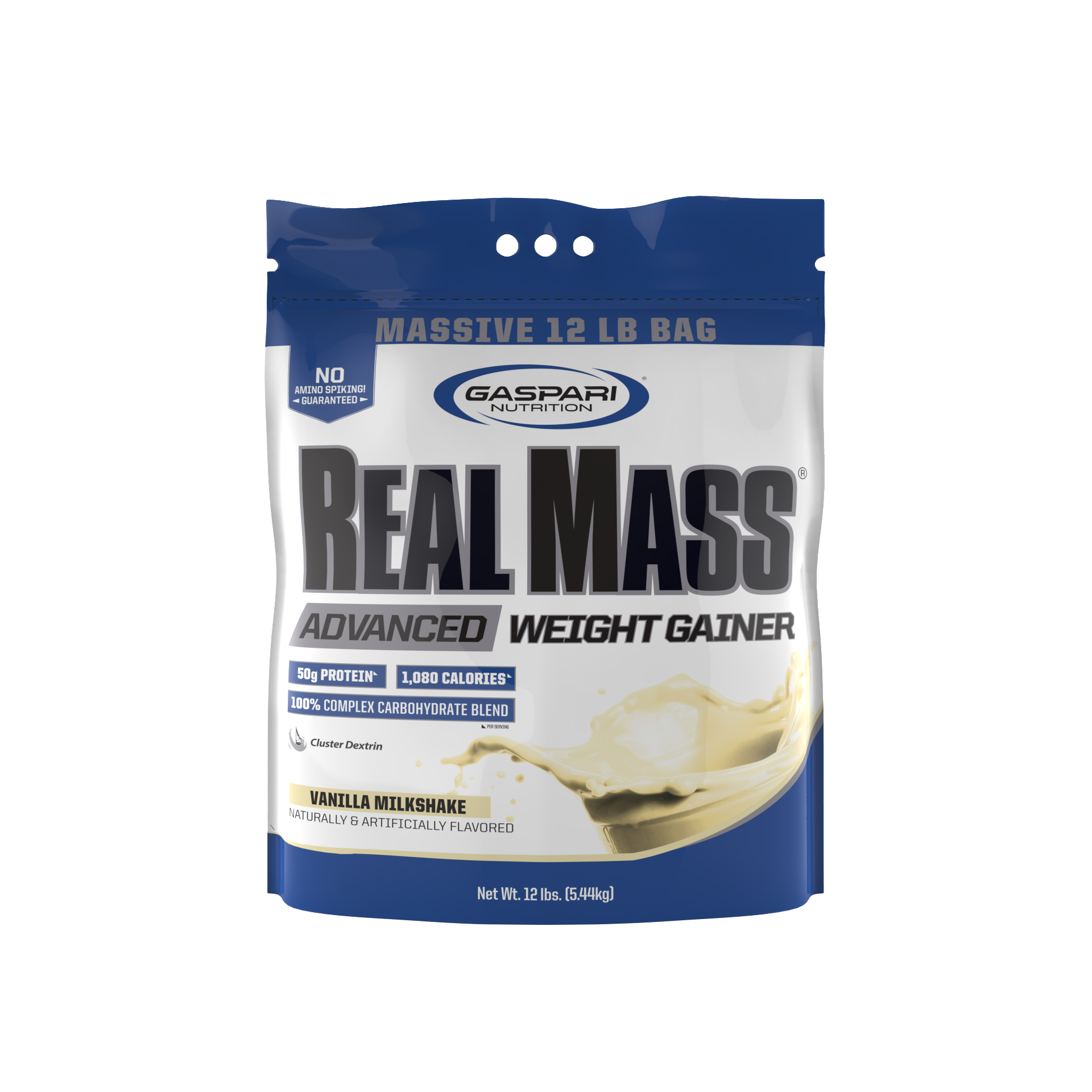


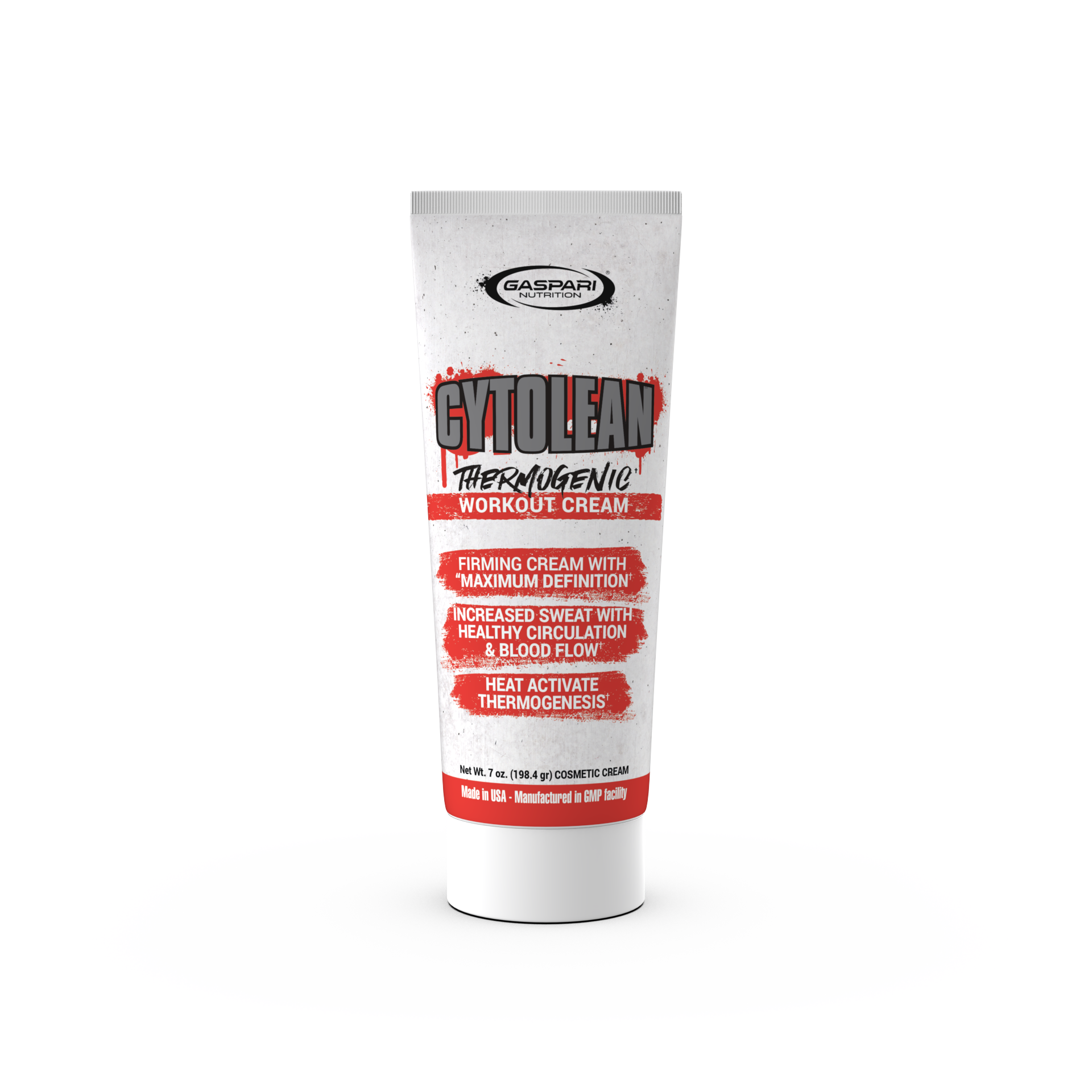
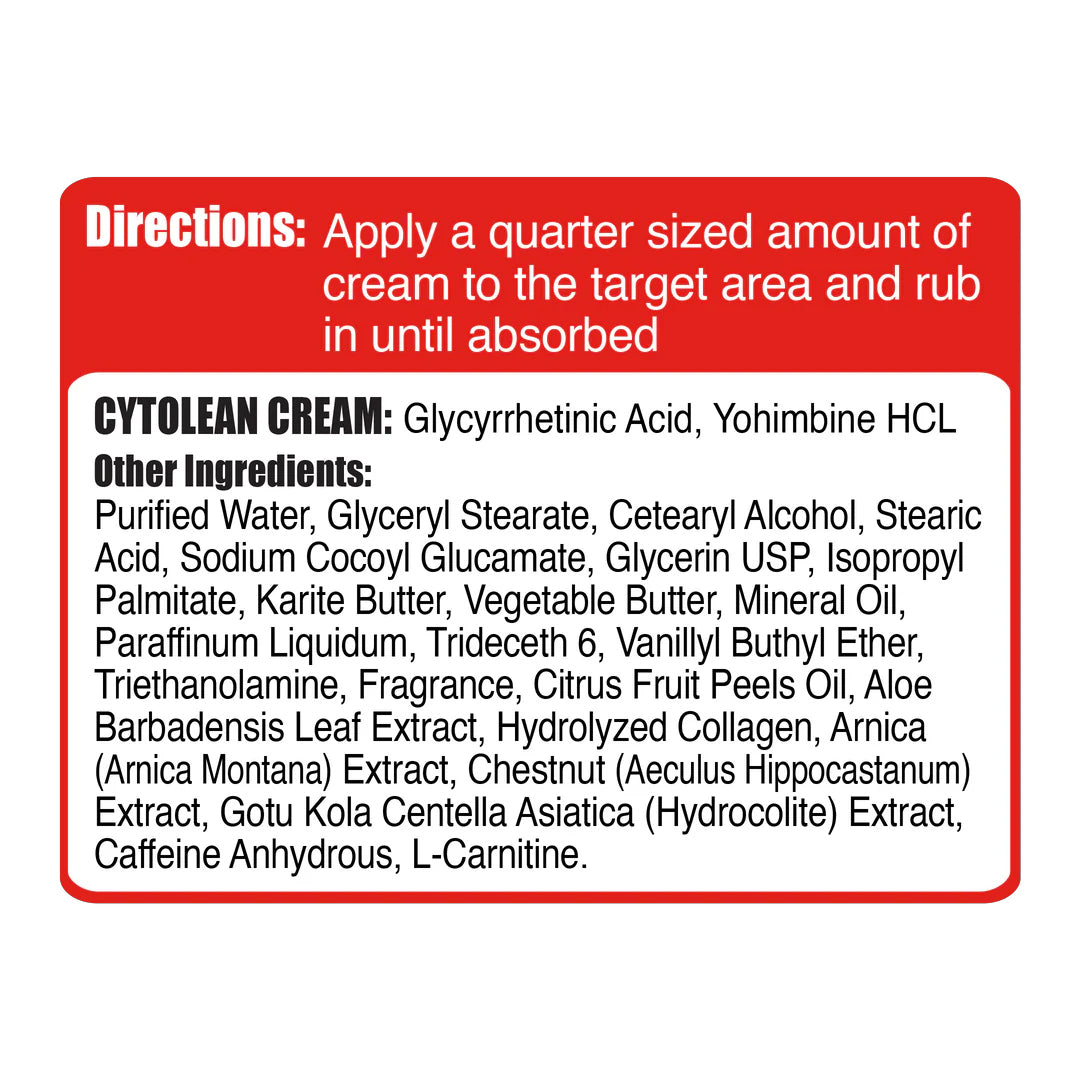
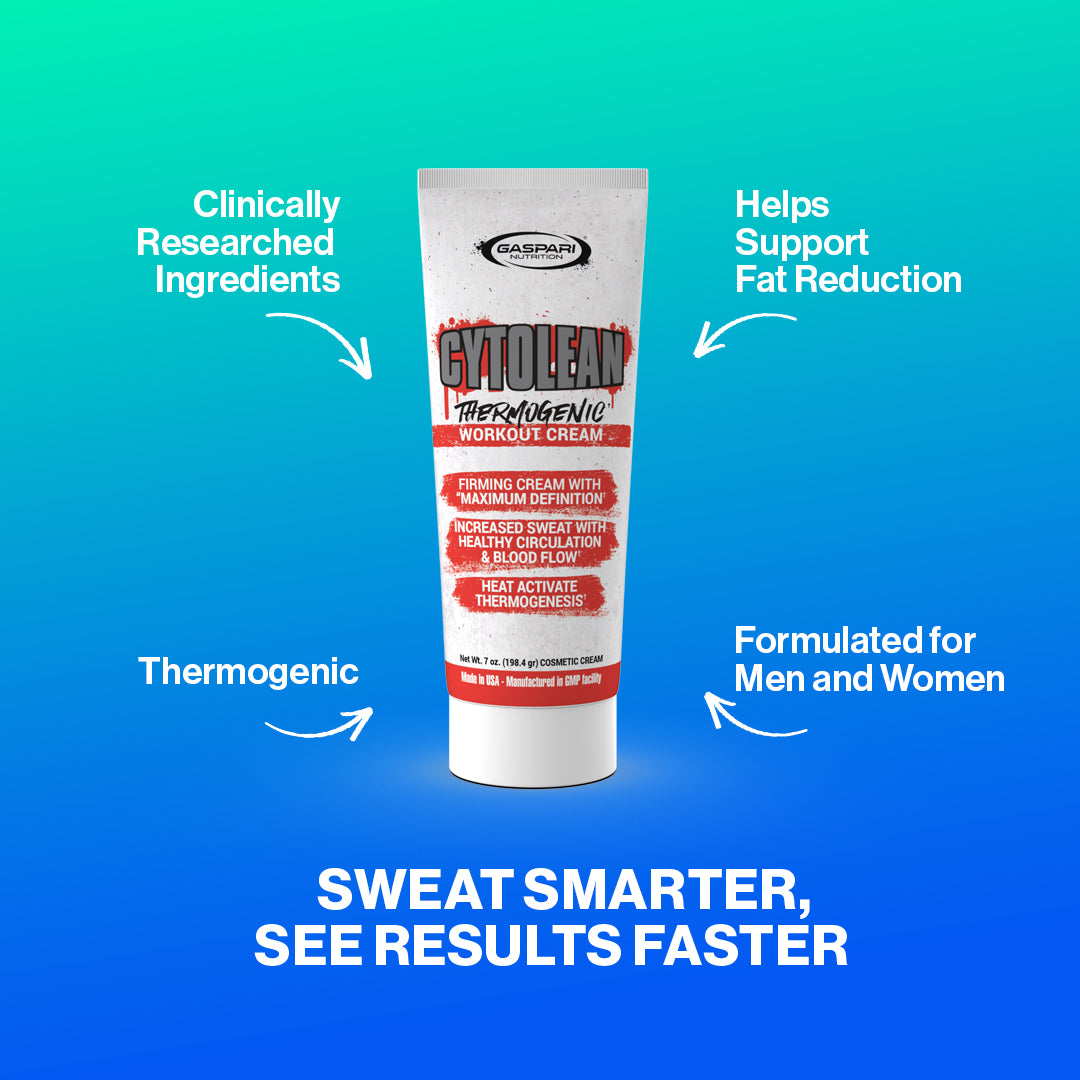
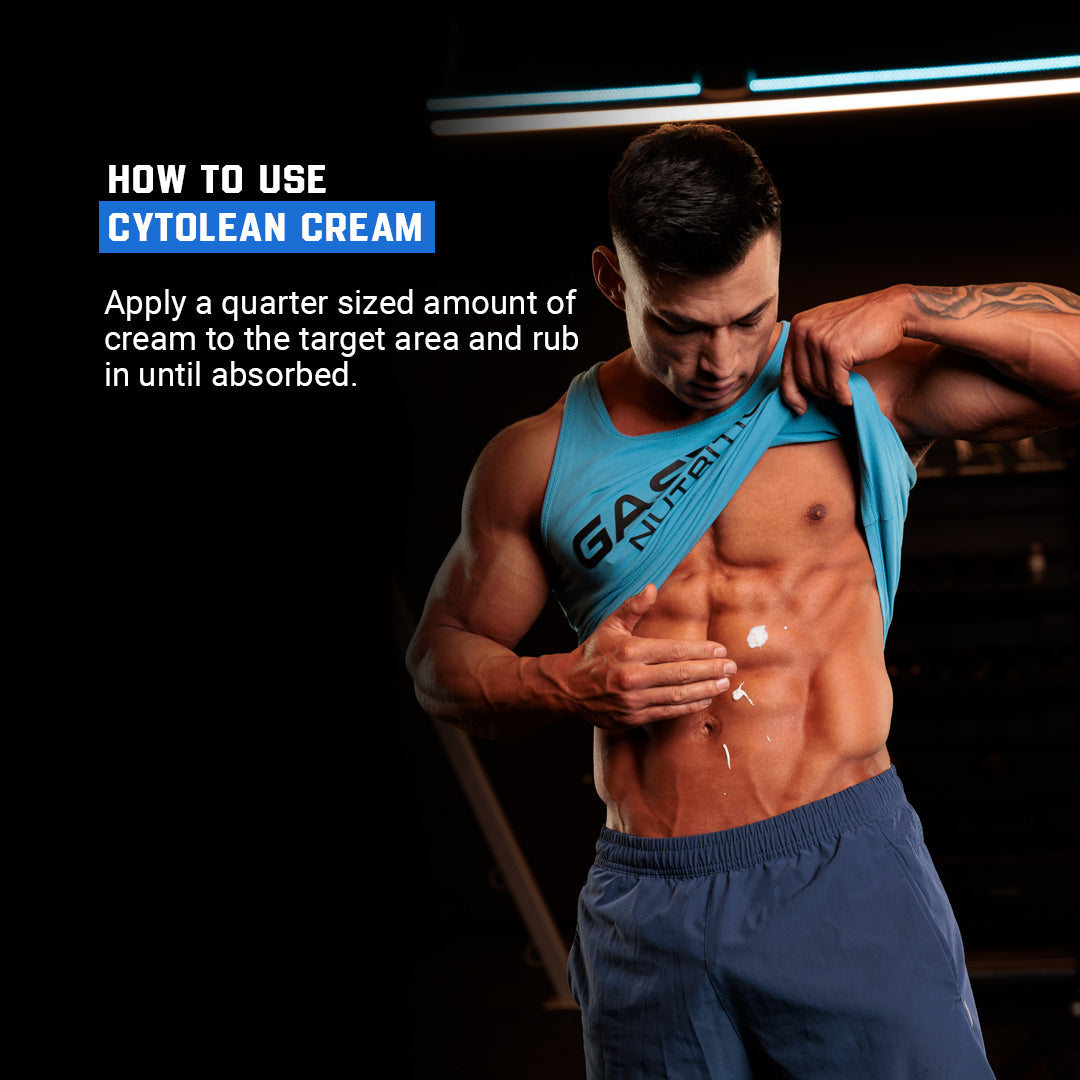

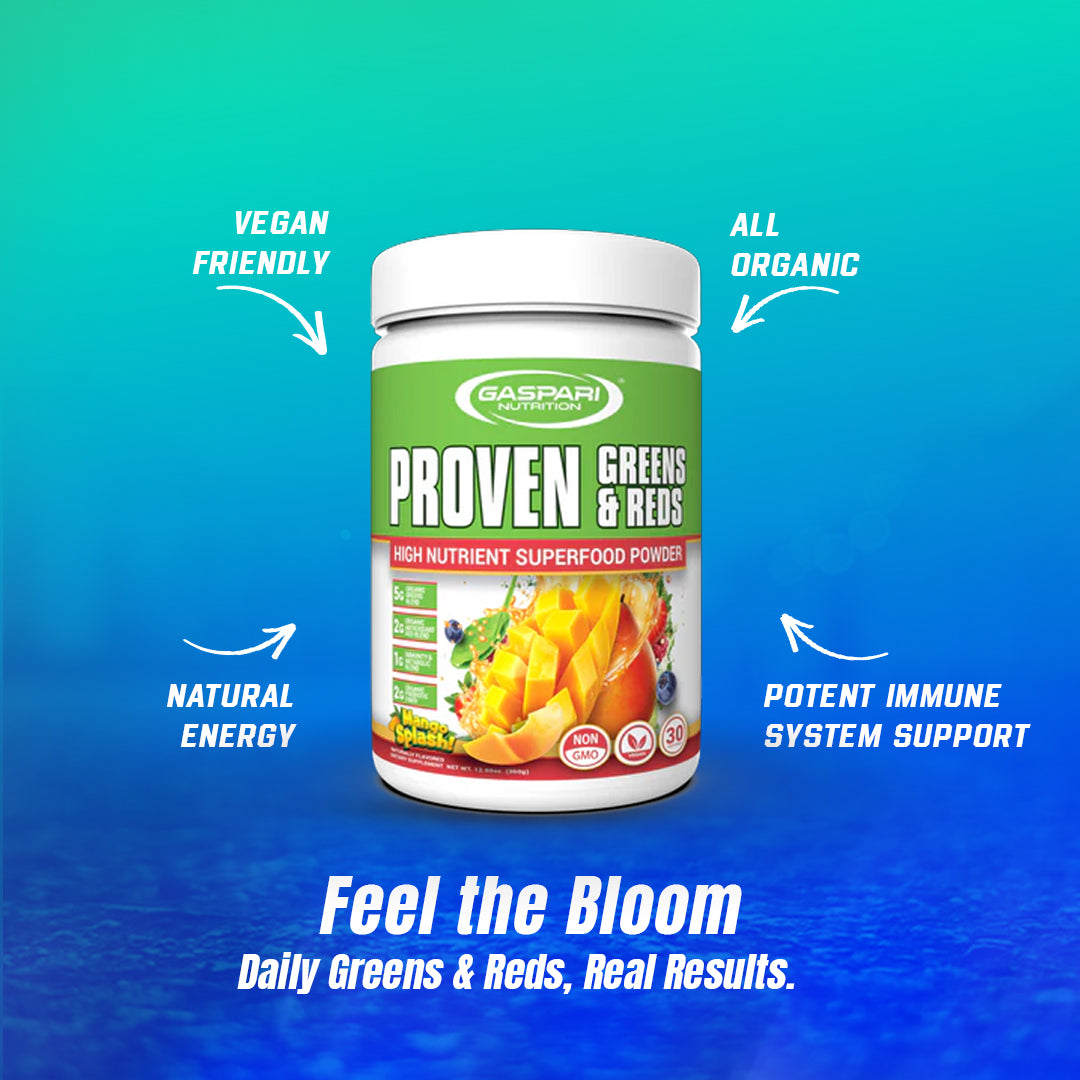
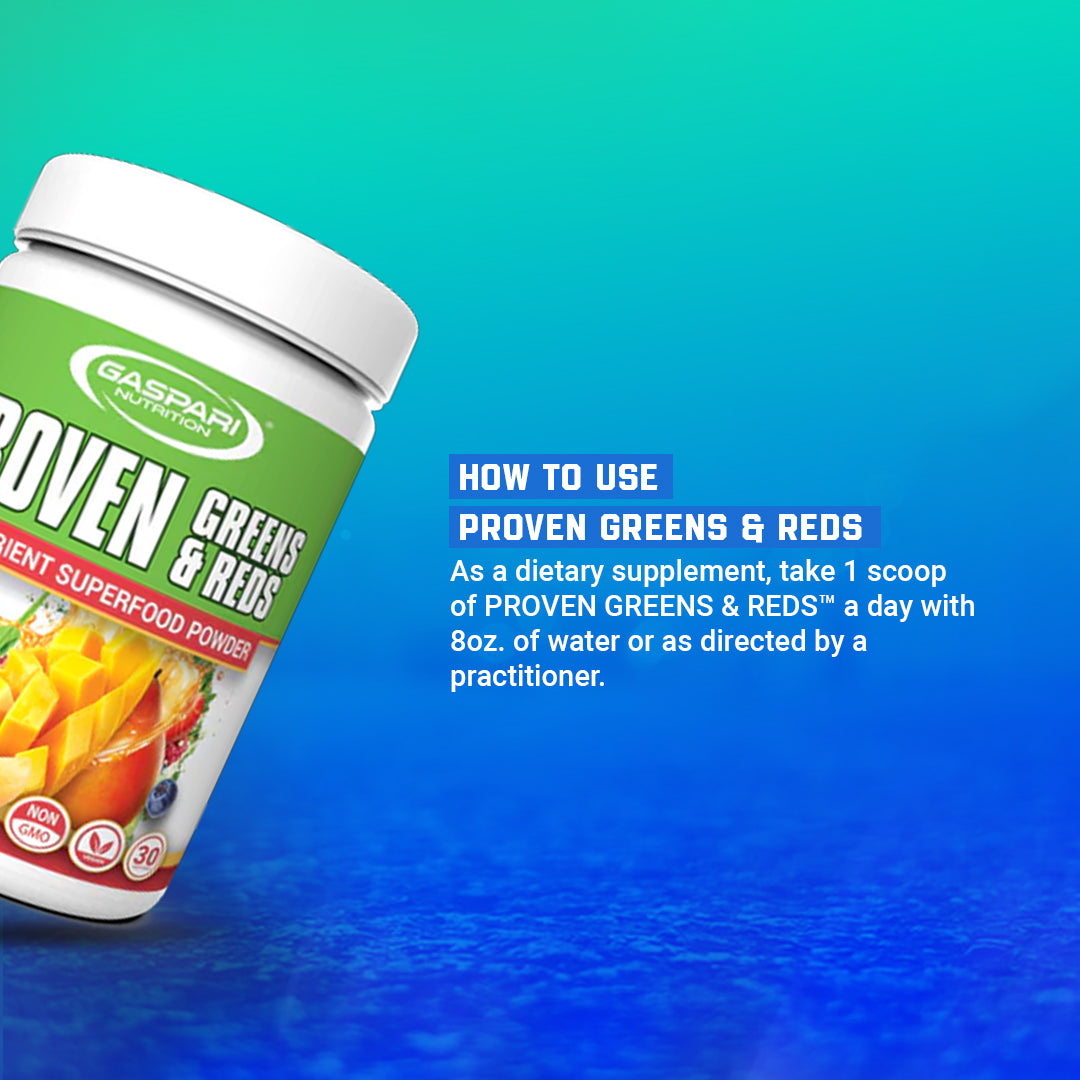
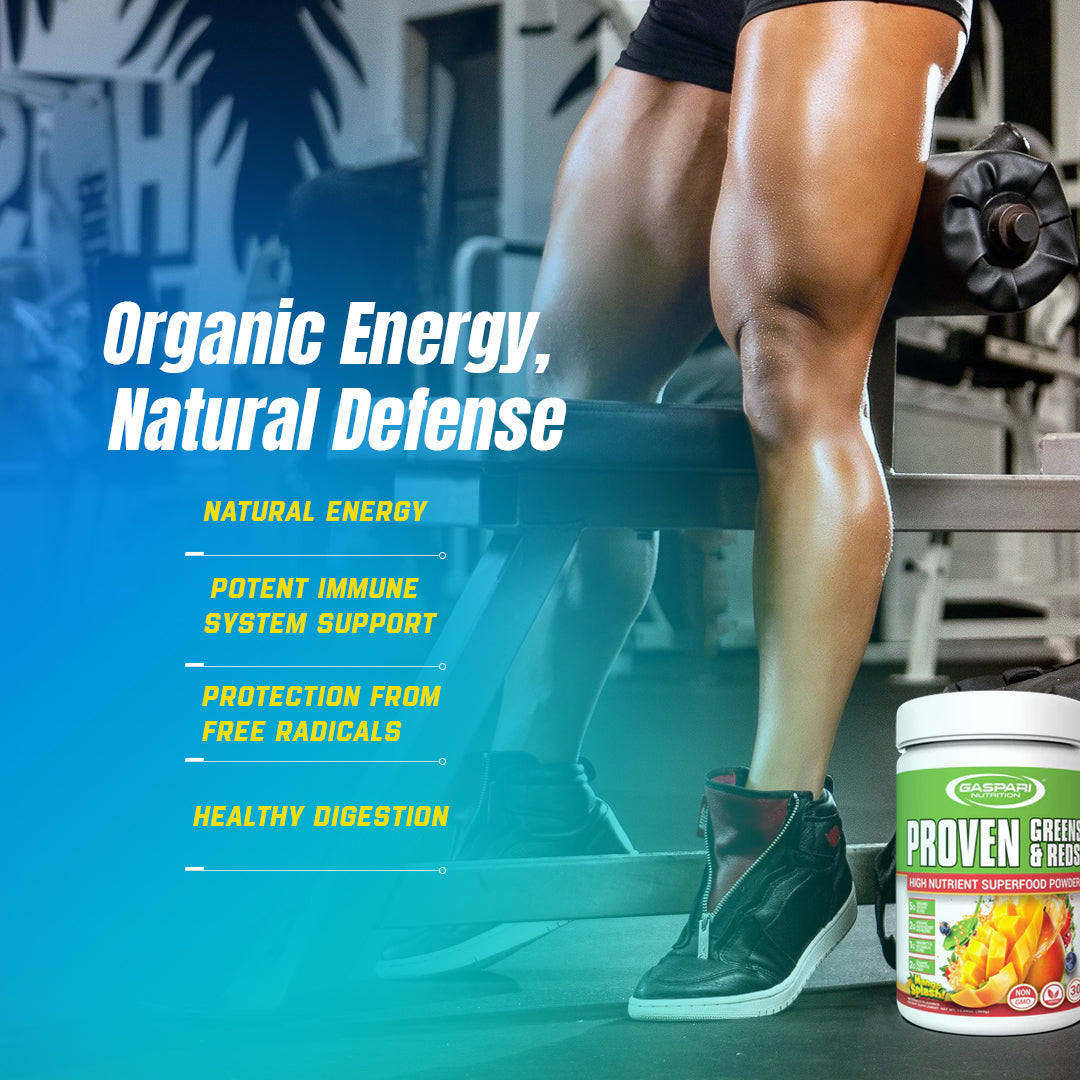
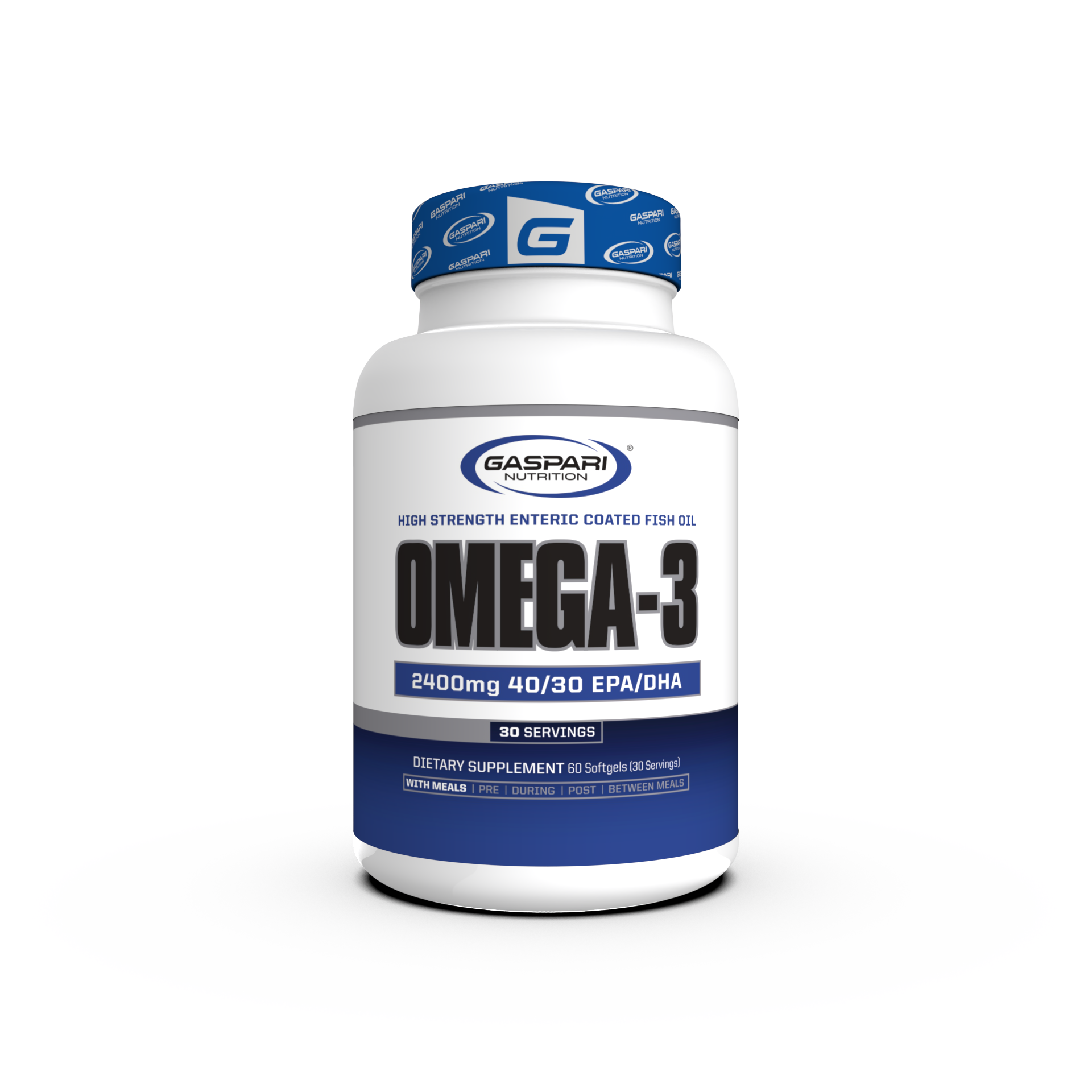
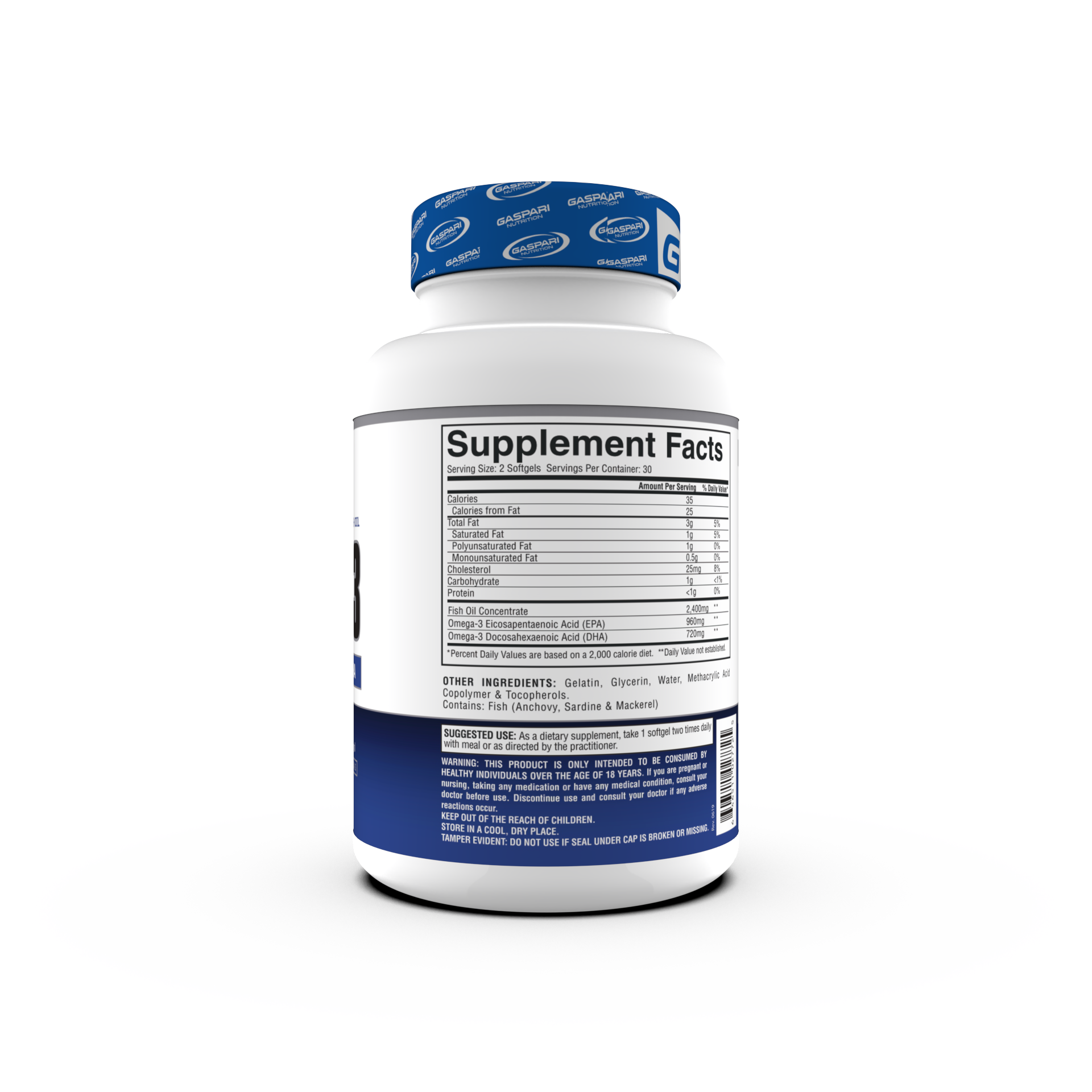
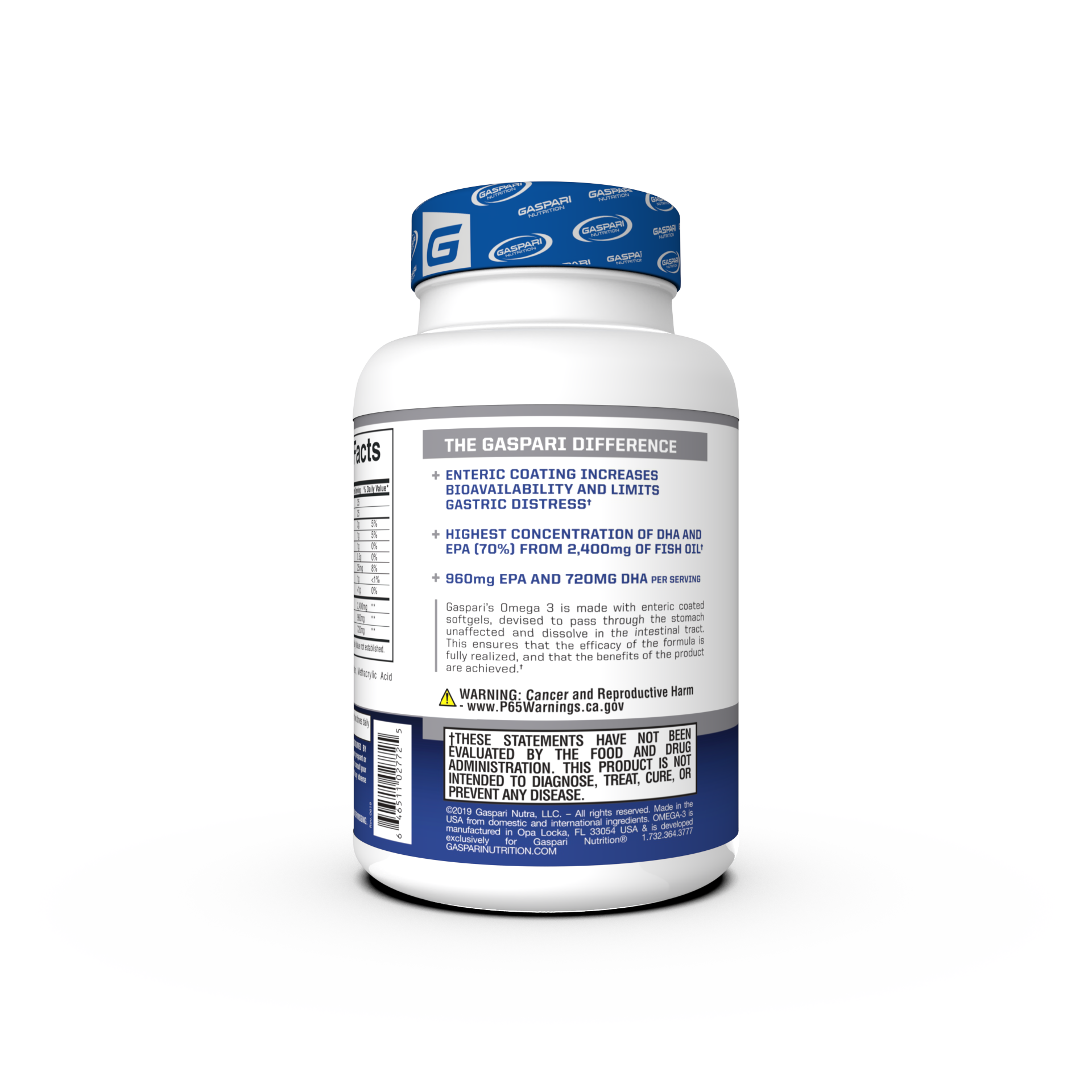
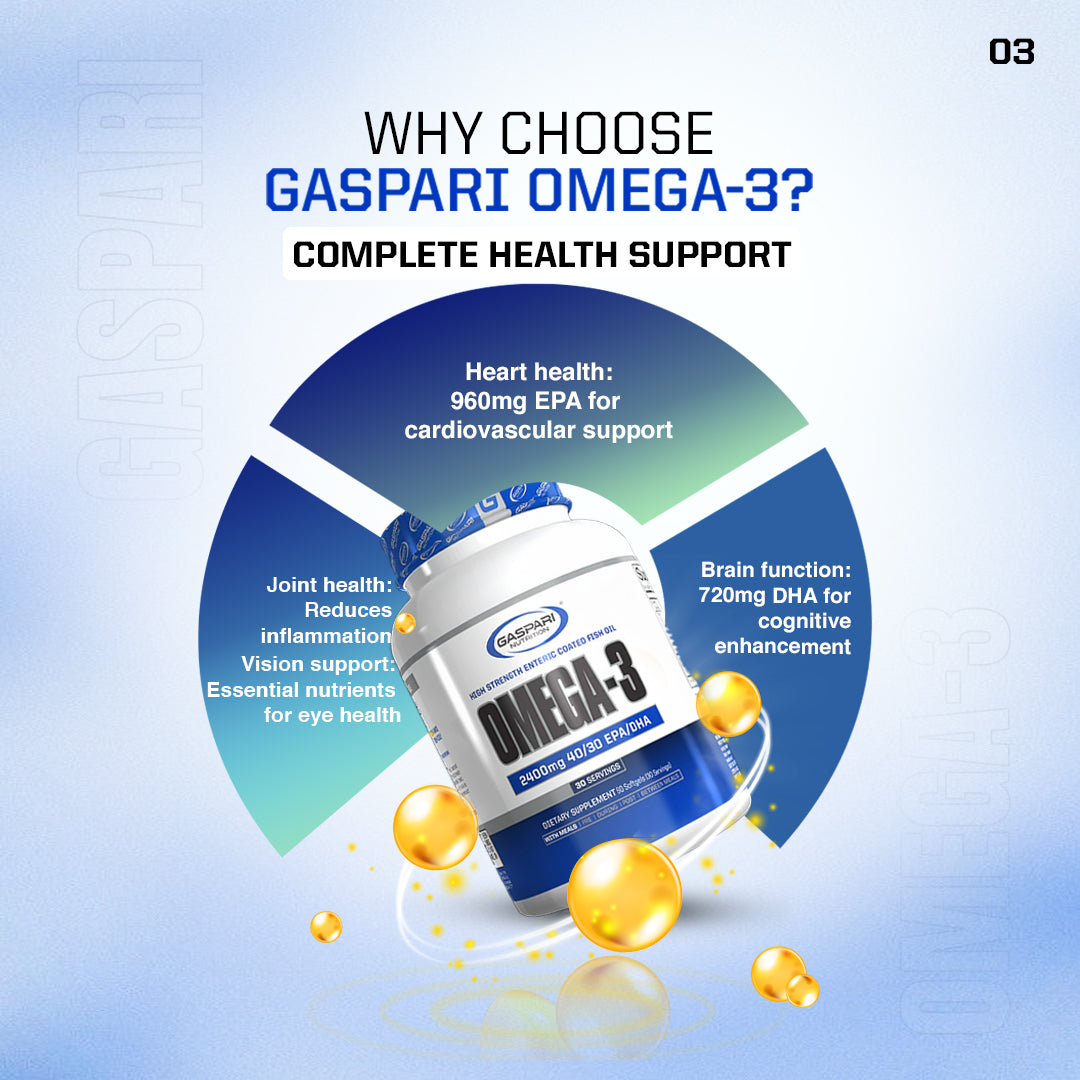
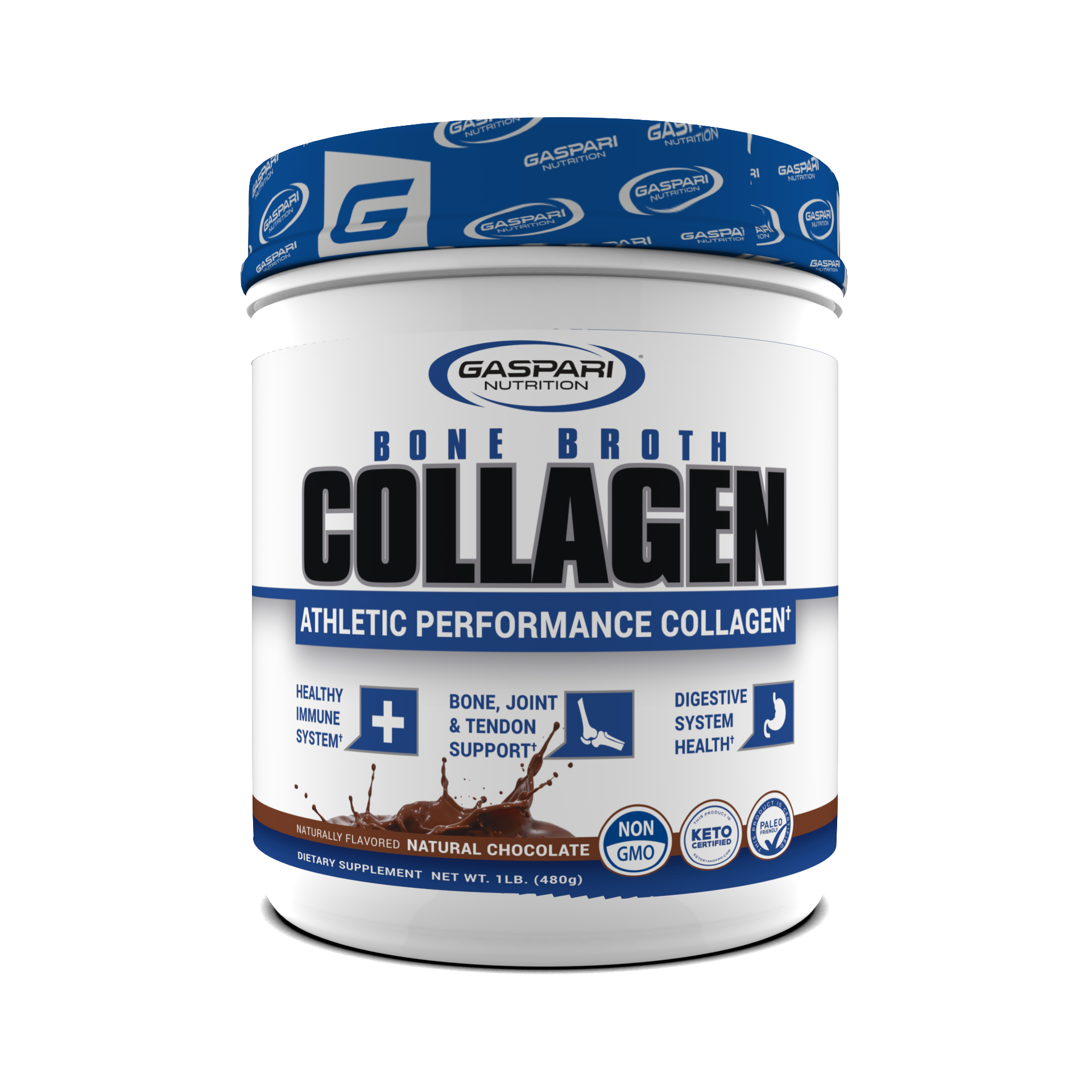
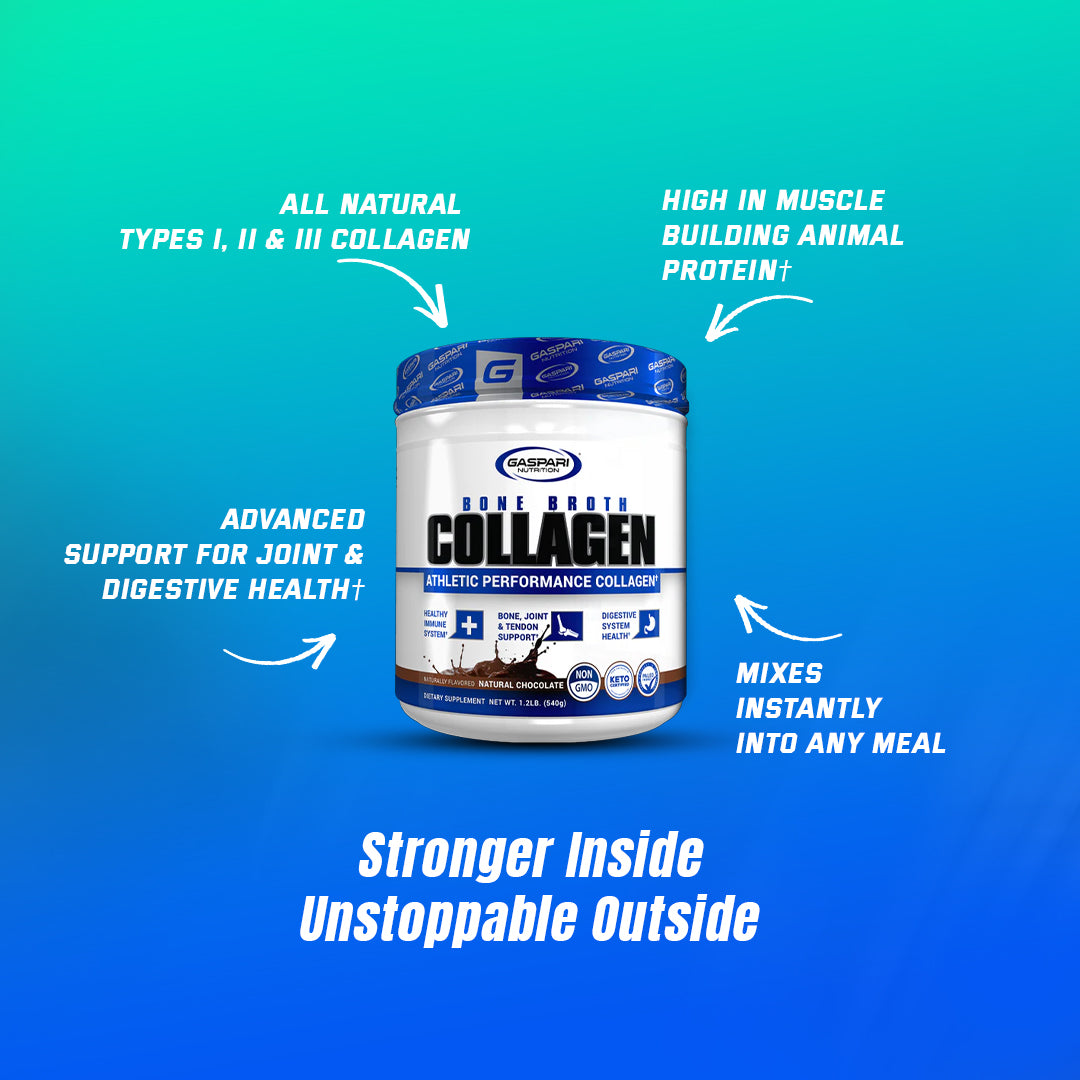
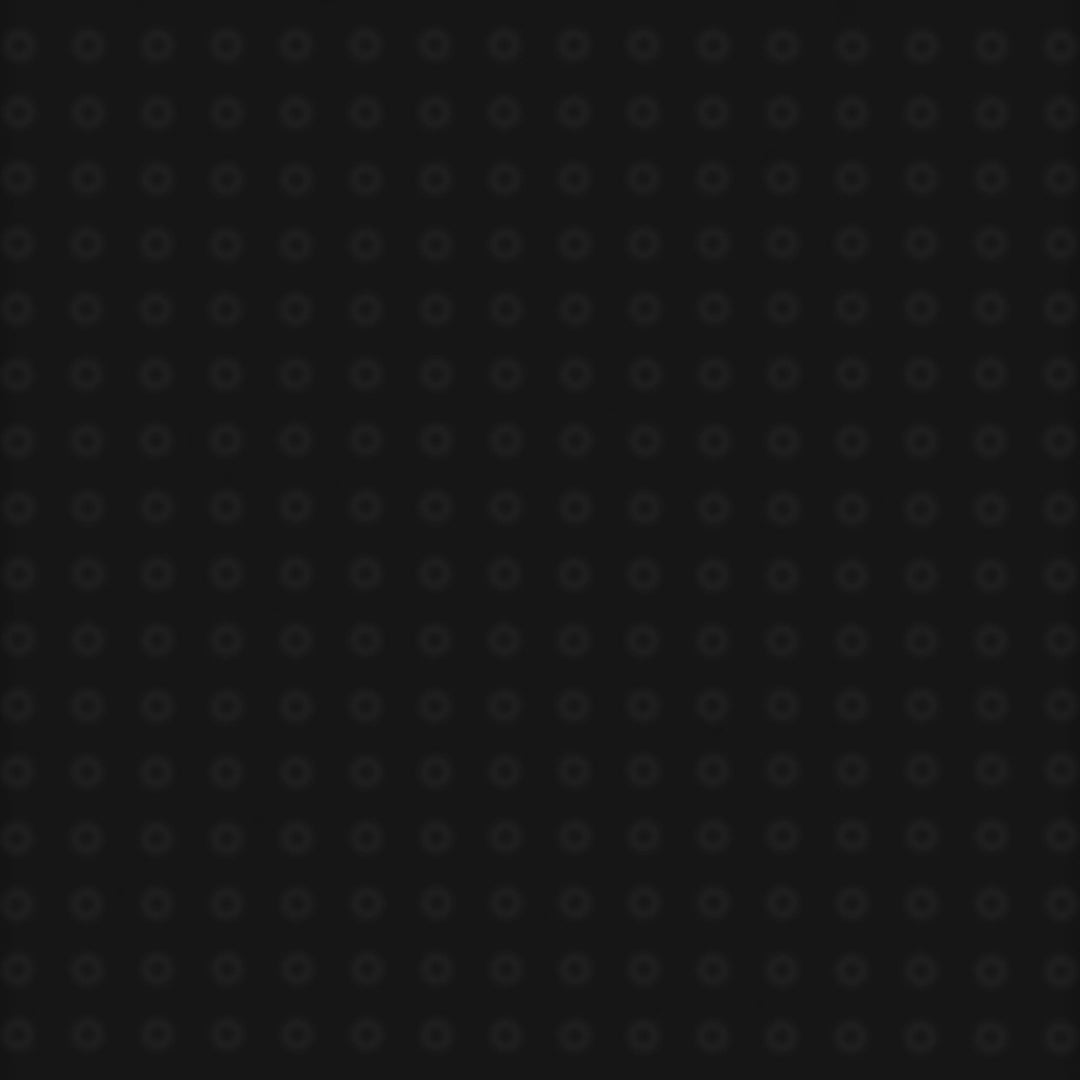

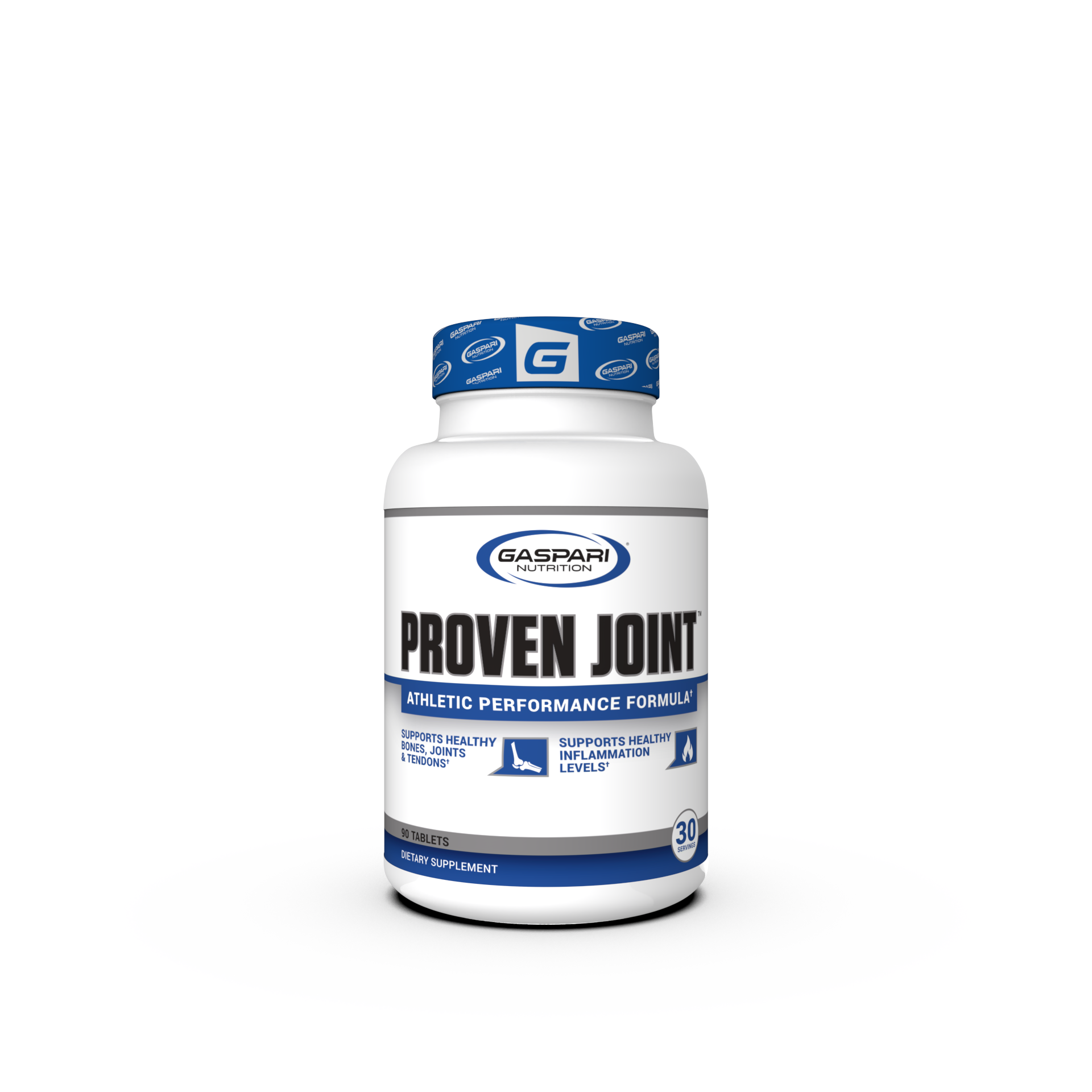
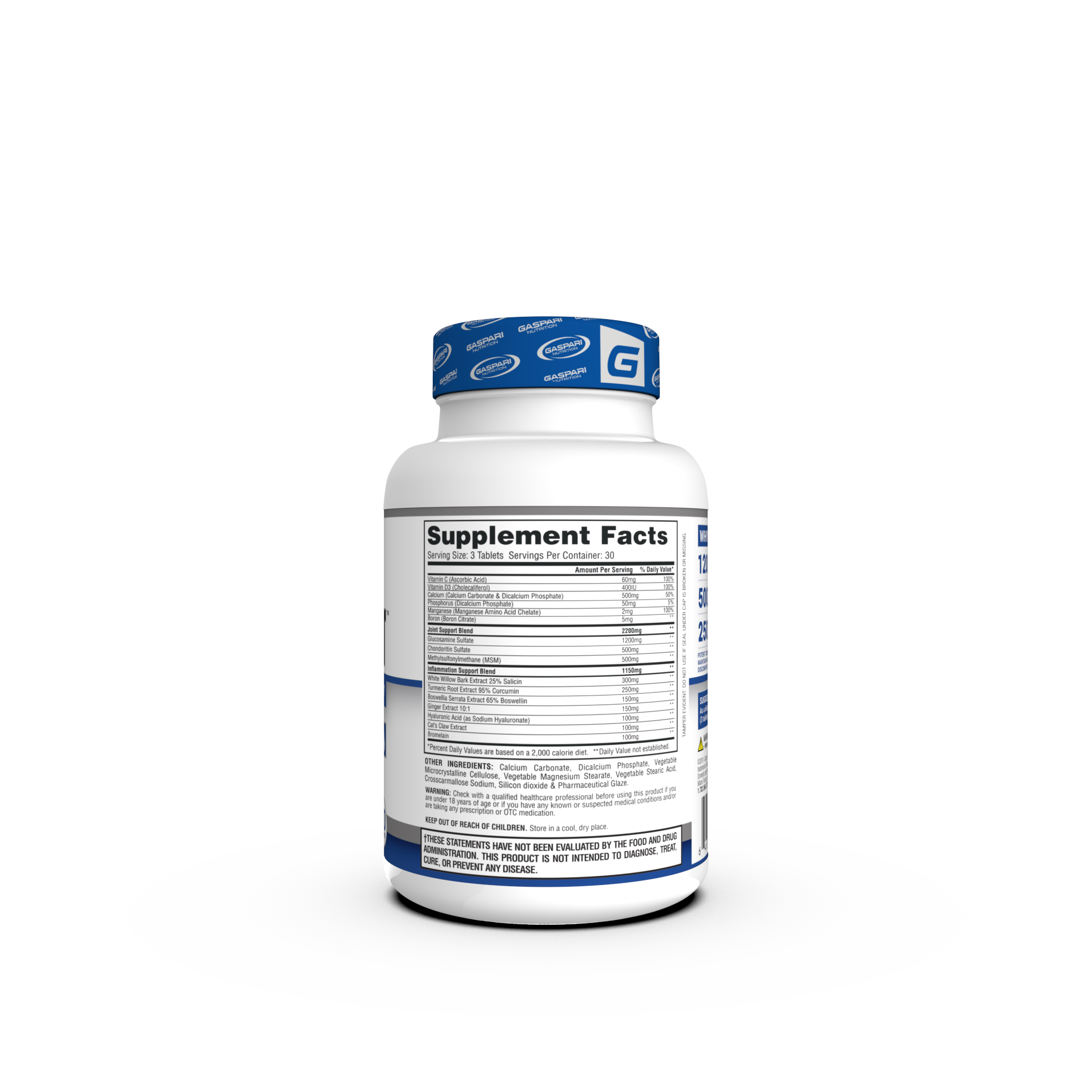
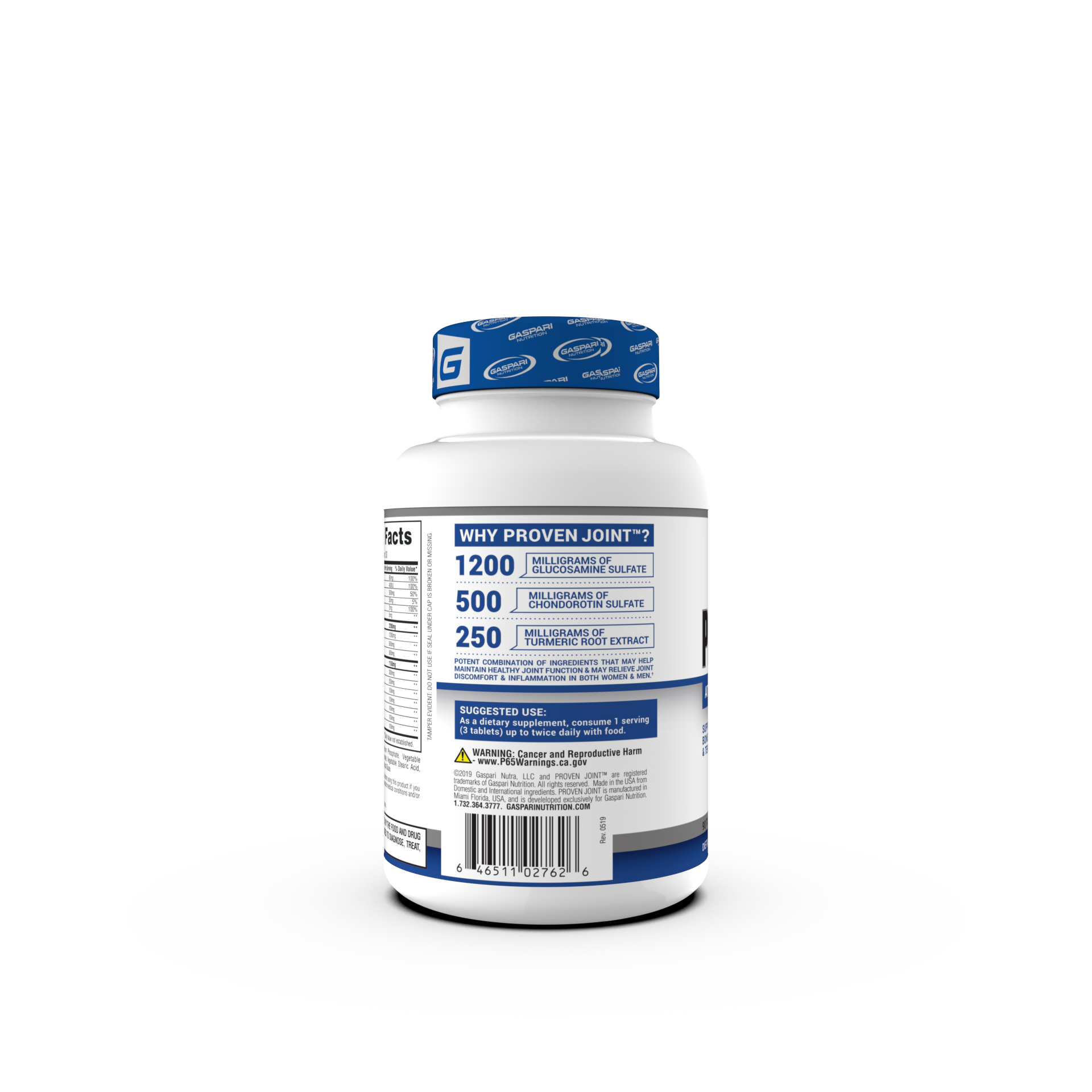

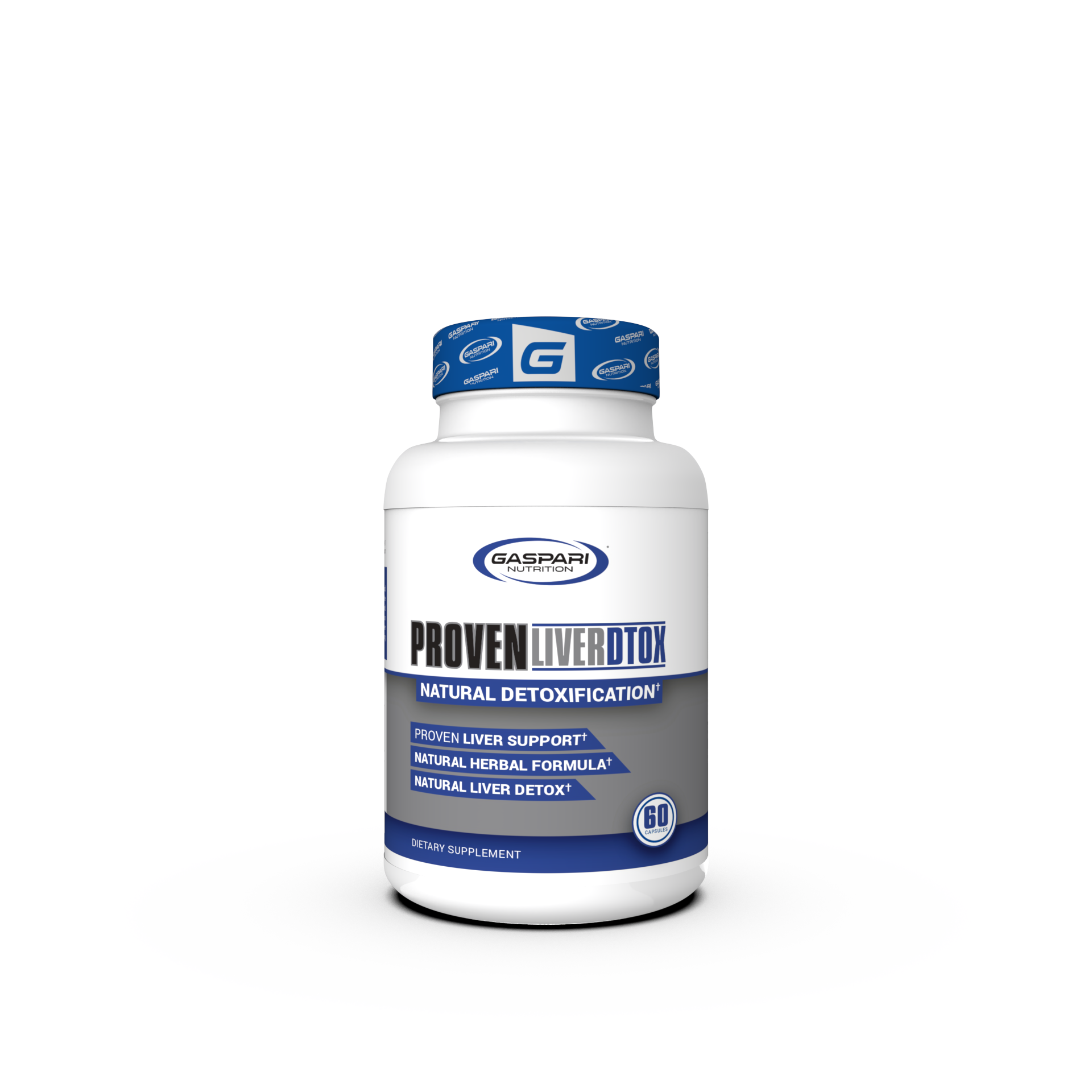

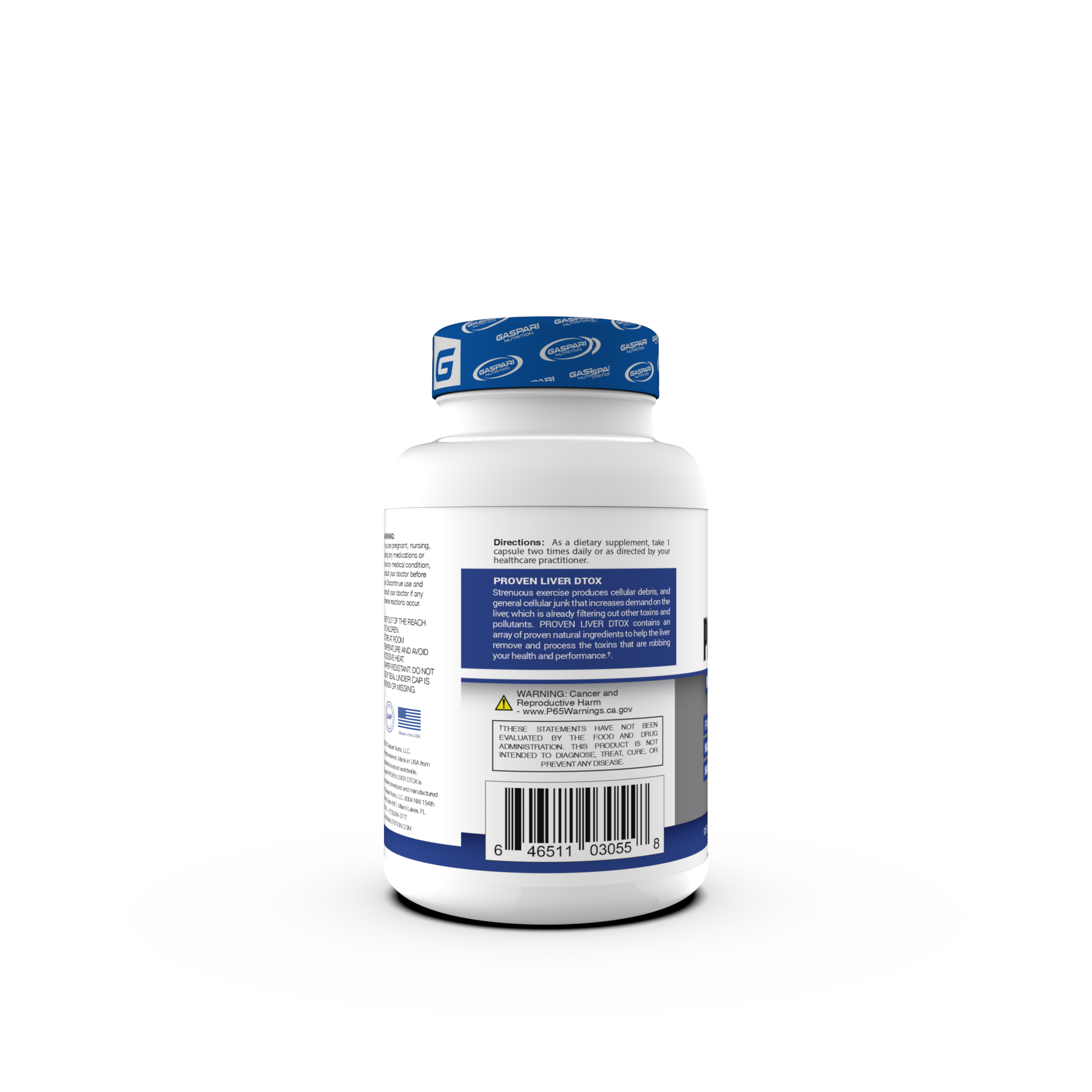
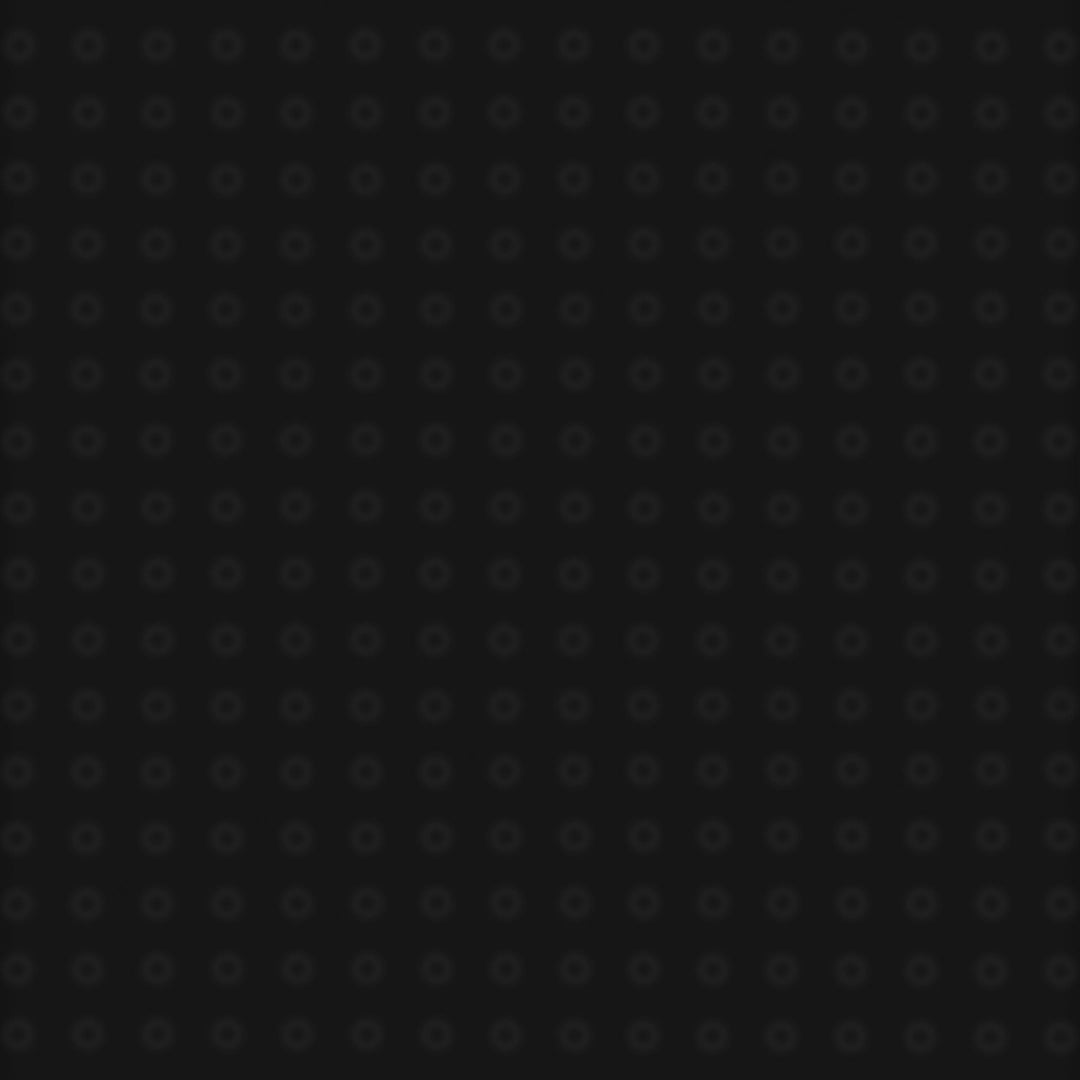
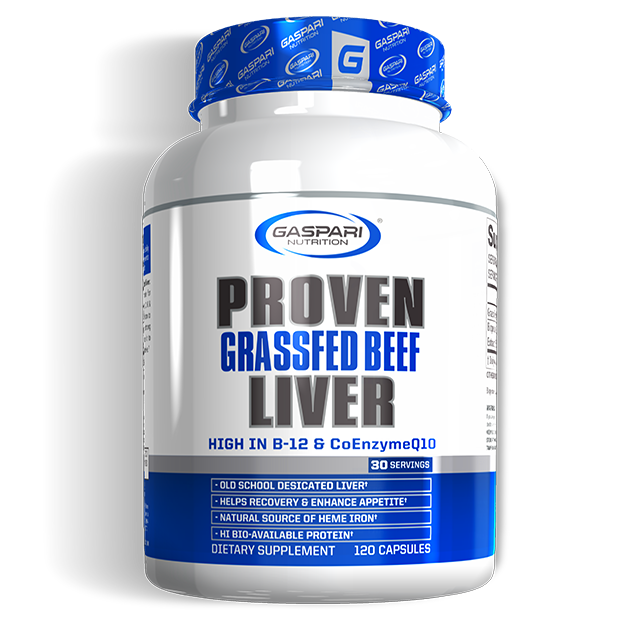

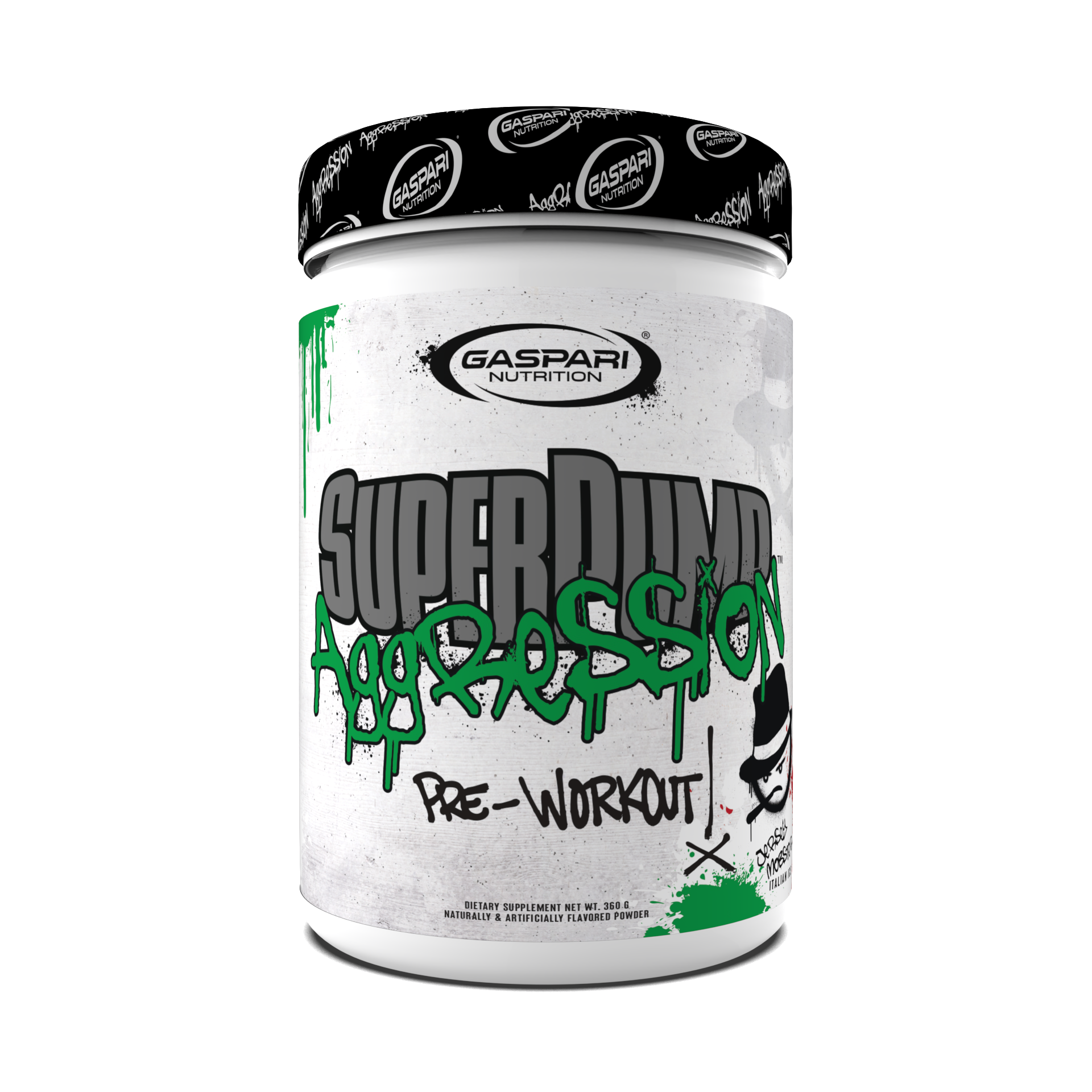
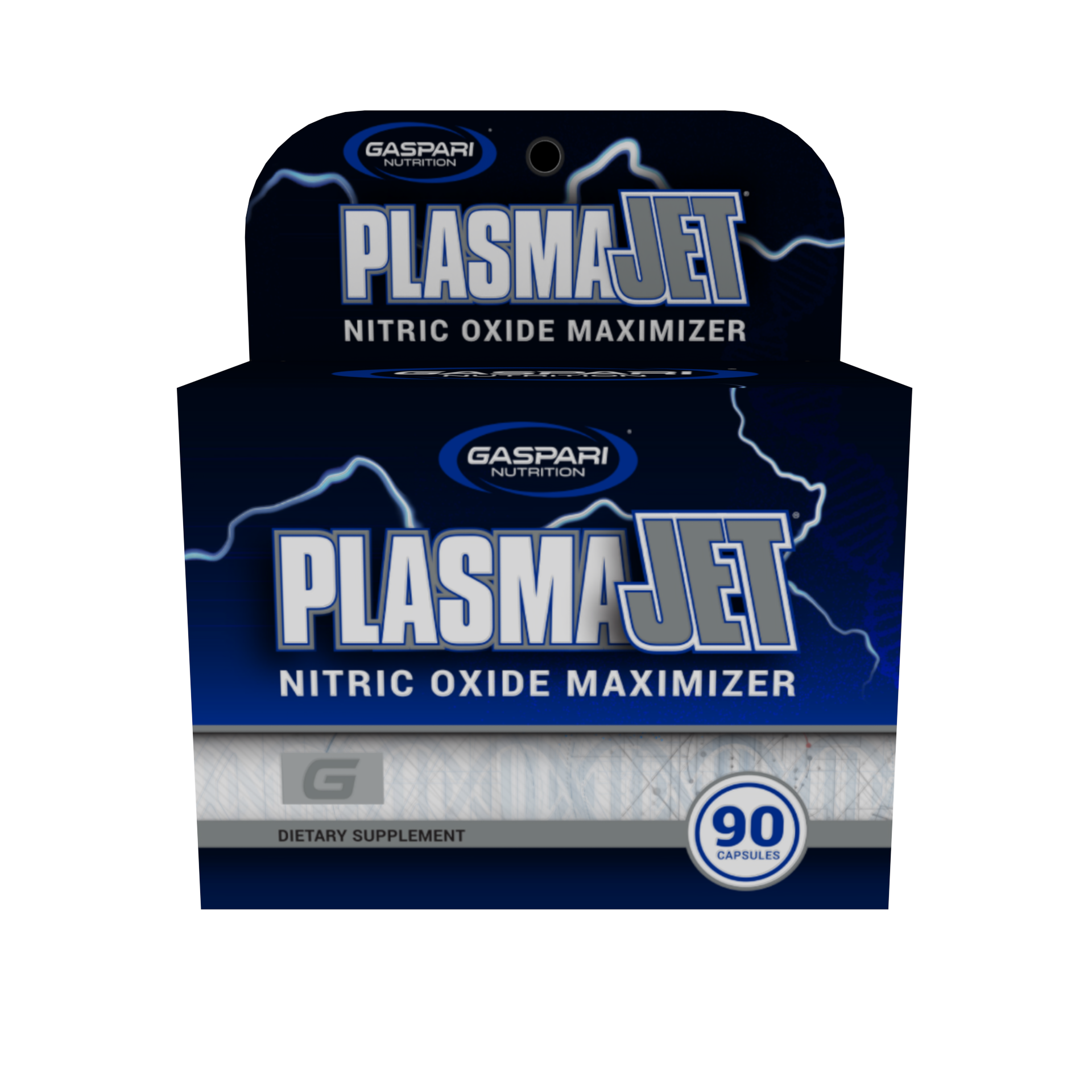

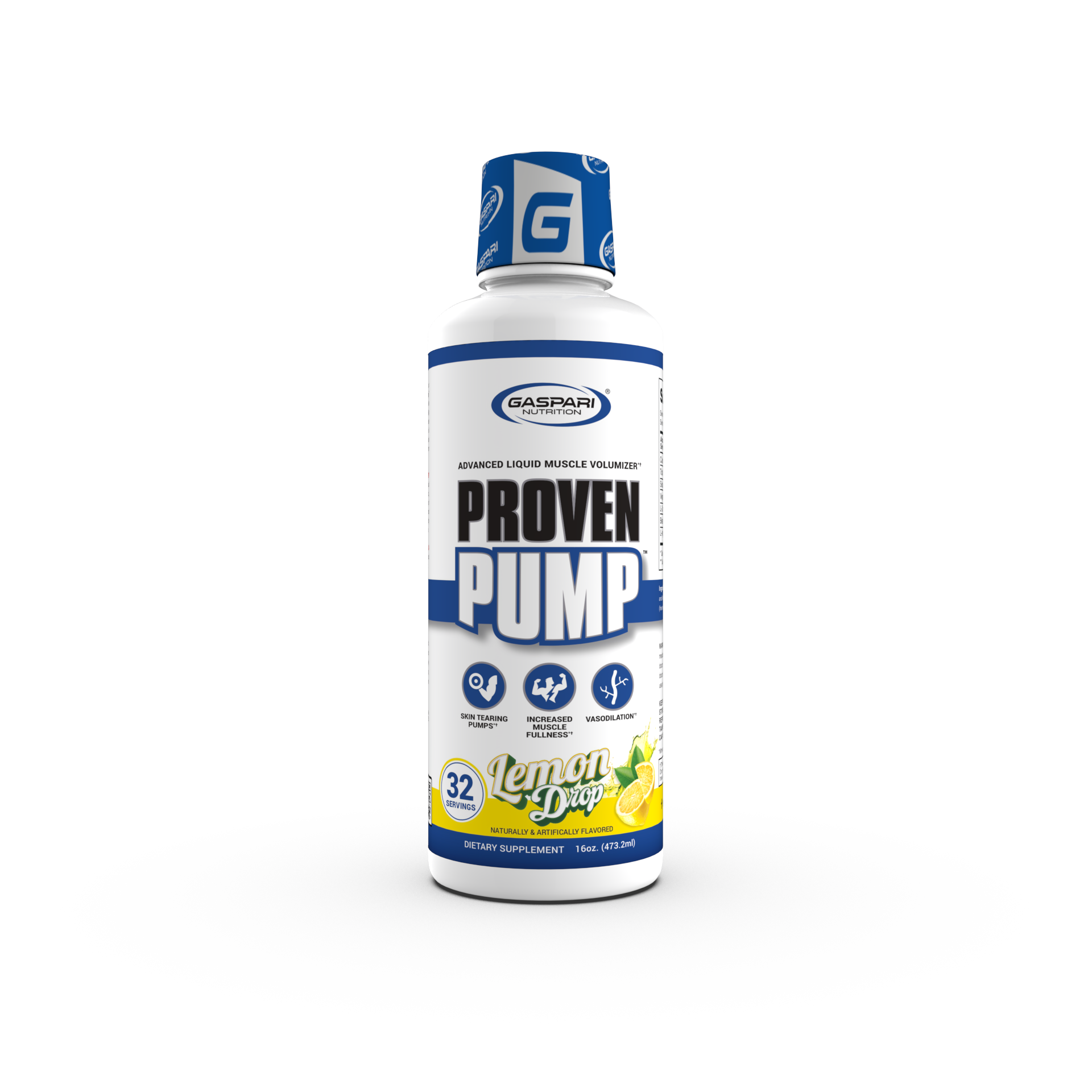
Share:
How to Properly Use Protein Powder for Optimal Results
Mastering the Five Day Split Workout